Video Menu
My Favorite Videos
My Favorite Videos
Can an 89 Year Old Swing Like Tiger Woods? Part 1
Sorry, you need to be a member to access this video.
You Are Just Seconds Away - Become a member here!
Already a member? Log in now
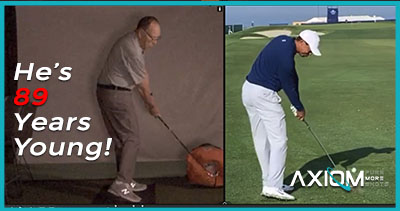
Can an 89 year old golfer swing like a tour pro? Let's find out!
All right, we'll mess with that in a second.
So, there's a couple things that we kept needing to get to work in your swing, right?
And one of them was the arms.
Because obviously your arms, you want to swing them away and it turns you flat, right?
And the reason you're doing that is because that's how you get power, is turning up your body, right?
So then yesterday we started getting your body to rotate a little bit better.
And today I want to take that another step further.
There's two things that we're going to do.
One, the biggest thing that most golf, we started on day one, is getting your hips to work.
And when your hips turn, you swing really well, it's a lot more effortless.
And when your hips don't turn, you're going to muscle it and move off the ball and try to rotate better, right?
So what we've got to do first with your hips is get them loaded in the backswing.
And I think this is something that a lot of people, especially now with high-speed cameras, and we can see all these things going so slow, that we don't really get, one, how quick the hips move.
The hips move blindingly fast in any pro swing.
In amateur swings, they don't really move very well at all, and they definitely don't move fast enough.
So part of the trick to that is that if you want your hips to move quick in the downswing, they have to be loaded in the backswing.
I've never been able to load the backswing.
And so what you do is you get a lot of weight over there because your upper torso is shifting this way.
But you don't load your hips in order to get them to rotate.
So that's what we're going to do first.
And then we're going to get the arms to play, to work with this.
So when you think about what the hips are really doing in the swing, I think one of the things that's kind of been lost in modern instruction is that we look at golfers who look like they don't really turn their hips as much as, like, the old school guys.
The Nicholas, the Watson, the Weisskopf, they used to have this big hip turn.
Like, oh, that's a lot of movement.
They had a big lateral drive.
Well, now the modern player is like, no, we don't need to turn our hips.
Well, your hips absolutely have to turn.
If you don't turn them in the back swing, they're never going to turn right in the down swing.
It doesn't make any sense.
It's like, you know, having your arm like this and expecting to be able to do a curl.
Well, there's nowhere to go, right?
So in the back swing, what I want you to feel is that you're turning your hips.
And think of it in a sense that you're turning your hips as far as you can.
Now, you have to be careful saying that because then people are going to start doing this.
I mean, it is a turn, but it's not a proper turn.
So when you think about turning your hips, the best way to think about how to turn them is how do you want them to go in the down swing, okay?
Then it will help you understand how to load them in the back swing.
So when I'm turning back, what I'm really doing is getting ready to move from, there's a bunch of little things that are happening, but the big picture is that my left hip, as I start, is going this way.
And I'm trying to rotate and turn my pelvis as much as I can in the down swing.
So now, start with your left glute, turn it back, and turn as much as you can.
Your shoulders never turn.
Now turn your hips.
Yeah, there you go.
Good.
As much as you can get up off your right foot, not your shoulders, but not your shoulders.
So now use your hips.
And it's really your glute.
So like at the start of your swing, when I watch you do this move, your pelvis is tucked a little under, what we would call flexion, right?
At the top of your swing, you want to be in a little bit of extension or lower, just a tiny amount of lordosis, a curvature of your lower back, so that you kind of feel like you're sticking your butt out.
There you go.
Now keep that and turn it as much as you can.
There you go.
Relax your shoulders.
Good.
Good.
Exactly.
Because you do this, well, your hips can't have what I turn from here, right?
So if you think about in the back swing, like remember the old school guys, they'd make a big hit turn and this knee would kick in and they'd fire.
The reason they're doing this is that they get the hips moving quick.
So if I go and I make a big hit turn and then right at the end, I make this little left knee kick, that helps me turn my hips faster in the downswing.
Yeah, so like let your left knee kick in just a little bit and then fire it.
See how fast your hips can move?
Don't be afraid to let this kick in a little bit.
There, and like let it fire and then go.
There.
See how fast you can move?
There we go.
You can feel that that move is not happening in your swing right now, right?
Exactly.
So if your hips don't move, the rest of it is just a big bucket of compensations that we're trying to band-aid stuff together, okay?
Turn your hip as much as you can.
Now bring that left knee in and kick it back out.
There you go.
It's one of those things that's kind of been taught out of golf, right?
And it's not like you need to make this big movement, but you've got to turn going back.
And this last little bit where this leg just kicks in for just a split second, it helps trigger the downswing.
Turn your hips, turn your hips, load them.
Let that left knee kick in and fire.
There you go.
So before we do that, I want to borrow the club for a second.
So now, yesterday or the day before, you kept wanting to bounce the club and get like this, where your shoulders turned super flat, okay?
So we've got to give you something to do with the arms because just, you know, a lot of times if you feel like, oh, your arms just don't really do anything, it doesn't really work.
We've got to kind of understand what their purpose is.
It's just like in the backswing.
If you don't understand what your hips are supposed to do in the downswing, then you won't know how to move them naturally in the backswing.
And the same thing is true in the arms.
If you don't really know what your arms are doing in the downswing, you won't really know what to do with them in the backswing, so you'll just kind of keep doing the same thing, right?
So here's what you're going to feel.
Here's the visual I want to put in your head.
When you are rotating your hips, they need to rotate very quickly, okay?
Super, super fast.
Not forcefully, but quick.
So when they move quick, what you're doing is you're creating rotation, right?
My hips are turning, and they're turning.
Now think about a figure skater, right?
I've talked about this a million times in videos, but when a figure skater wants to rotate really fast, what do they do with their arms?
They're really close to their body.
Does that make sense?
And then when they want to slow down, they put their arms out.
In the downswing, do you want to rotate really fast?
Yes or no?
Yeah, absolutely, right?
Yeah.
So if I rotate fast, do I want my arms out away from my body, or do I want them close to my body in the downswing?
Close.
Close to your body, right?
So now, if you think that that's kind of your goal, okay, I know I need to rotate fast, and I need my, so to do that, I obviously don't want my arms flying out away from my body at the top of the swing.
I'm going to slow my rotation down, right?
There's a point in time we want that to happen.
It's super late in the downswing.
So now, if you think about that, What you're really trying to do in the backswing with your arms is get them in a position to be moved by your hips very quickly.
So the way that we can think about this is, okay, I'm going to think about turning my hip, and I'm going to take my right arm, my right shoulder blade, and pull it back.
Because what would that do to my left arm?
It's going to pull it in close to my body, right?
So if my right arm, my right shoulder blade is pulling back, and that pulls my left arm close across my chest, now as I begin to rotate my hips, I keep this right elbow down and close to my body.
What's that going to do?
It's going to move them closer to my body, so my hips can rotate faster.
So now, I'm in this position where my right shoulder blade's pulled my left shoulder deep.
This is what we would call protraction, where your shoulder's pulled forward, and you're going to leave it there.
So a lot of times what golfers do is they get to the top of the swing.
Their arms are really loaded and tight.
This right shoulder's back, but then they go into protraction with the right shoulder.
So retraction, I'm just pulling my shoulder blades back.
Protraction, I'm hunching forward.
As long as you can, right?
Now, this is a powerful move, but that needs to happen very late in the downswing.
So now, if my left shoulder, my right shoulder's back in retraction, my left shoulder's protracted, I can rotate my hips very quick.
And now, look at how much load I have in my right wrist, and my left shoulder remains protracted, okay?
From here, once I'm at this point, the club's just going to release.
But I need to have my arms close to my body to do that.
What you tended to want to do was get this way and then go into protraction with your right shoulder right away.
That needs to happen super late in the downswing.
Because a lot of times when you see golfers who flip really bad, they start firing their shoulders really quickly, and then they run out of right arm to hit with.
But if I keep this right shoulder protracted, remember we talked yesterday about your hips are turning on one axis, but then your shoulders are going to look like they tilt.
Well, if my shoulders tilt, what does that do to my arms?
It allows me to keep this right arm in closer to my body sooner.
So my right shoulder goes down to the ball, I can keep this bent, which means I can release it more forcefully later in the swing.
But if my right shoulder stays high, my shoulder's going to go into protraction early.
I'm going to lose all these ankles, right?
So your goal with this, get your arm, your right shoulder back, left shoulder protracted, hips rotate, keep this elbow into your body.
And then you should be right here every time.
And then you just release it.
Does that make sense?
It does.
So that gives you something to focus on, to do with your arms instead of thinking do nothing with your arms.
So load your hip, let this left shoulder come across your body, pull this right shoulder back, not your arm.
Feel your right shoulder go back.
Now use your hips, keep that left shoulder in protection, keep turning, keep turning, keep turning.
Now you see, don't push against it.
Yeah.
Now look at yourself in the mirror.
If you're in a powerful position, right?
And this right, keep turning your hips, your right shoulder goes down, then you would release.
Do you see how you're going to have lag?
But you don't have to do anything special to maintain.
Keep the shoulder protracted and this one retracted and keep your hips turning.
And then eventually this will fire, but not till late.
Try that again.
So pull your right shoulder back as you load your hips.
Fire your hips and pull that right arm down into your body.
Keep turning your hips.
Pretty close there.
Do it again.
We need to stand a lot more this way.
You don't want to be trying to lean way back, right?
Now let your left knee kick in a little bit to fire your hips quick.
There.
Let them go quick.
There you go.
We're getting super deep in the backswing.
So we've got to work on this a little bit.
So again, what you're really trying to do first is load your hips.
So the first thing you're going to do in the backswing is start rotating your hips.
Get them loaded.
Get that left arm pulled across the body with the right.
There you go.
Let your left knee kick in and then fire your hips.
Let's see how you're in this delivery position now where you've got angle here.
And you've got a way to maintain it.
You maintain it by continuing to turn your hips.
And then your arms, you can maintain all this lag all day long.
But if you don't turn your hips, the only thing you have left to fire is that right shoulder early in the downswing.
And then you'll start casting the club and flipping it and all that stuff.
I don't think I have a problem with the hips.
I'm going to do what you're doing.
You've got to fire the hips quicker.
You can't do this slow.
Let that left knee kick in and then fire it back.
There you go.
Better.
Much more speed with your hips.
Let's go really, really quick.
Don't try to control this thing.
Just go.
Focus on your hips.
But you went a little armsy.
Focus on your legs, your hips.
Let that left knee fire.
Okay.
I did too quick.
That's better.
Now that's arms.
I don't know.
It's arms.
Focus on your hips.
Let your arms just get moved.
By your legs.
By your hips.
Now I'll help you from way off the ball.
Stop.
Go back.
Load your hips.
Good.
Right there.
Now left knee and go.
Fire.
Turn more.
Let's do one with the impact back.
Here's what I want you to do.
Here's what I want you to do.
What you're going to do.
At first, we're going to go kind of slow.
But I want you to fire your hips.
And I want you to get to this impact bag with your elbow feeling like it's still connected to your body.
This will get you out of wanting to do this with your arms.
So if I just turn my hip and I get my right shoulder to go down, now you can see I've got a lot of power to hit the bag with, but my hands and arms haven't done anything.
Turn your hips.
We're going to exaggerate this for a moment.
Hips.
Close.
You're still trying to move the club with your arm.
So your move is turning those hips far, letting that left knee kick in, and then firing the hips.
That left hip.
There you go.
You've got to clear your head up off that right toe.
There you go.
So we need more hip rotation.
No, no, stop, stop, stop.
Don't move anymore.
Every swing that you're making, you're just doing this with your arms.
You're not paying attention to what your hips are doing at all.
So I want you to stop, and I want you to just feel turning your hips.
Feel load and powerful in your hips, and then fire.
Now fire them.
Feel load in your hips, and then fire.
Better.
Now you feel like you turned your body into the ball more that time?
And see how you have shaft lean, and you didn't fully extend this right arm yet, and you were able to hit the bag with some mass with your torso.
Look how much more open your hips are.
Way better.
Focus on your hips.
Load your hips in the back swing.
No.
Okay.
Nope.
Head over here.
Now fire your hips into that bag.
Turn.
A little bit of arms involved, so you can feel that time that your arms started to release too soon.
It's all arms.
Load your hips in the back swing.
Pay attention to what you feel.
What you're doing in the back swing is that going to help you fire your hips faster.
There you go.
Now fire those hips quick.
Turn, turn, turn.
Better.
See how you're in a shaft?
You've got shaft lean now?
If I can get out of there, stall.
If you're focusing on your hips, don't try to stop at the top of the swing.
Focus on loading your hips, and then firing your hips.
That was armsy.
No.
That's all arms.
Stop, stop, stop.
Look at how you're set up.
You're set up like this.
Get on top of it.
There you go.
Now stay there, and load those hips and I'm going to do what you have to ask you to do.
Better.
Much better turn.
Say your belt buckle's pointing all the way out here now.
And when we started, your belt buckle's pointing straight down to the ground.
So if you keep feeling that you can turn, turn your hips, that's what moves the arms down.
But what you're used to doing is moving literally the arms and shoulders, right?
That was really good.
There you go.
Better.
How's that feel?
There you go.
I feel like you can put a little more power into the ball.
Yeah, I do.
Better.
You're still wanting to turn really flat off the ball.
And so that gets your hips out of position to be able to load.
So forget golf for a second.
If you were to, if I was to tell you, I want you to turn your hips as far and fast as you can in the downswing, how would you load them in the backswing?
Do you feel like your legs, your hips can turn really quickly now?
You can outrun your arms?
Yeah.
Show me that they can outrun your arms.
Pretty good.
Now you have your hands driven so much more forward at impact.
So instead of flipping and scooping, it's the rotation that drives this arm forward that allows you to get into that powerful position.
Go ahead.
A little bit flat still.
So So, So So, So, So, And so that makes you flat.
So the more you start getting this balanced with both hands, what's really got to happen is that your right shoulder blade has got to pull that arm, left arm across your body instead of you pushing your left arm across your body.
So you should feel at the top of your swing that this guy right here, your bone, feel the difference there.
And now push it forward.
Push your shoulder.
Yeah.
So this is your scapula.
This is your shoulder blade.
At the top of your backswing, you want that thing smashed up against your spine.
And that pulls your left arm across your body.
And then as you start down, you keep that back as you turn your hips.
And that's what gives you power to transfer from your body.
As soon as this fires forward and the scapula releases, then you start getting into releasing the club, which you want to do at some point, just not early.
Fire those hips.
Let the left knee kick in to help start the down swing.
There you go.
That little trigger will help you keep you from being so tight.
Let the left knee kick in toward the right and then fire back.
There you go.
Way better.
Yeah, so you're turning really flat again there.
Yeah.
Come over here for a second.
So see how you're already starting way to your head and everything is curved way to the right?
We've got to do the opposite.
We can't start out like this.
Of course you're going to turn flat there, right?
So you've got to feel much more upright in your spine because you kind of have initial side bend.
So you want your spine, see how your spine is kind of curved like this?
You see that?
Yep.
So you're kind of set up like that, straight up and down.
That's what you're going to feel like 100%.
Think about it.
If I tilt my shoulders like this at a dress, well, how could they turn steep?
They can't.
Exactly.
But if my spine feels more vertical, then it's very easy.
There you go.
Exactly.
So you can see just from this one setup mistake that you're going to want to move.
Immediately.
But your shoulder's already high.
It's starting high.
So that's why you can't, now your hips can't really fire because your body's pulled it so far out of position, right?
Uh-huh.
So that's why it's so important for setup to be right.
Can't set up with this big curve because then you're just going to turn seriously flat.
It's better though, even here, like you can at least, you're coming from the inside, right?
Remember when you started, you were swinging over the top?
Oh, absolutely, yeah.
We've got better rotation, but you're rotating as well as you can from here.
But from here, you'll be able to rotate so much better.
So I need you to feel every single time.
In fact, for you, it'll probably feel, like we were saying, a reverse pivot because you're so used to this.
But now, I mean, look at the difference in how you're able to maintain lag and drive it through.
It's a little flippy right at the last second because your hips can't get open enough.
So eventually, everything's got to kind of fire a little bit too soon.
So that when you start to release these angles, it's just firing too soon because the hips aren't moving them far enough.
But you'll be able to maintain this leverage.
And that is as bad as it is.
It's better than I've ever been.
It's way better.
It looks, we're close.
But if we just fix this setup thing and get you from doing this, you're going to be in perfect position because once you're back here, everything starts having to fire too soon.
Like, let me, I'll stand up for you a second.
So all that happened there is that from back here, eventually, to get the club back to the ball, this wrist has got to fire, this arm's got to fire, this shoulder's got to protract just to try and get the club back.
And that's why you look a little flippy, right?
But instead, if I was able to keep turning, see how I still don't have to, I've got the club back to the ball, but I've kept all these angles.
And so now I can drive through and have a lot of power from my body.
I have to get back at the same angle that I left with, is that?
With your spine, is that what you're saying?
Yeah, yeah.
No, it does change dramatically.
But you're starting with where it actually needs to be in the downswing.
So in the downswing, there is what we would call side bend.
So your spine bends like this.
And it's rotated.
But you're starting from this position.
Like we were talking about the first day.
Yeah.
Like a lot of times we know that these are positions we need to hit the swing.
Or we're over the top, so we start trying to shallow it out.
So we start exaggerating stuff like this.
Because we know at some point we need to get there.
So like, well, doesn't it make sense to just start there?
Like people who flip it, they're like, they start with the wrist like this in a dress.
Like I'm not going to flip it now.
But you will because you don't have the motion to maintain those angles with any power.
So from here, if you start really upright, so my spine's a little bit of tilt, but that's it.
But you're like curbing it like this.
So just a little tiny bit of tilt.
And then as I go back, I want that shoulder, my left shoulder to go down, not like this.
From here, as I begin to rotate my hips, then I get into that side.
So if I could correct this up here, maybe the other stuff you spot.
It does.
Because then you'll be able, The reason that you started to release the club a little bit too soon is because you ran out of rotation.
It's rotation that drives everything and helps you maintain these angles in your arms and your wrists, and gets them to fire late.
When you run out of rotation, then everything starts to fire, which is normal.
It's what we want.
But we don't want to run out of rotation until we've rotated as far as we can.
And that brings your hands all the way to here, and then they release.
But you can't rotate that much when you're already out of position.
Exactly.
So if we can get you more feeling upright at a dress, so your spine is just nice and tall.
There you go.
That's perfect.
Now look in the mirror and see what this looks like, okay?
You're a little bit.
There you go.
Let's get you more.
Now you look like a golfer.
Perfect.
Okay?
Now as you turn back, this left shoulder goes down to the impact bag.
And your arms go up here.
There you go.
Now as you begin to rotate your hips, see how your right arm is still staying back here?
Keep turning.
Keep turning.
Keep turning.
And now you've got all that angle left here.
Exactly.
Then you can hit some, put some oomph into the ball.
That's good.
Much better.
Let that left knee kick.
There you go.
How'd that feel?
There was no pain, that's for sure.
I mean, it took, I don't know, I can't do better.
Well, you just did.
The setup is so important.
You don't realize how important it is to keep your spine in the right position of the setup.
There you go.
Now let's see how you're able to drive your hands through with your body.
Yeah, I wasn't trying to push me.
Yeah, but you've got speed.
The timing and sequence of this is so important.
There you're able to feel it.
Do you feel it?
Yeah, exactly.
Well done.
You told me that before you look like you're doing.
You look like you fired your arms a little too soon that time, but let's take a look.
What did you feel that time?
I mean, just the feel.
I mean, just the feel.

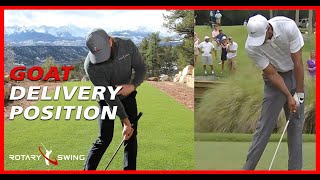
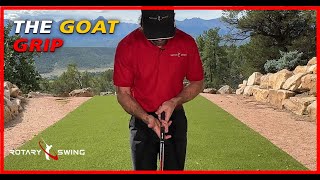
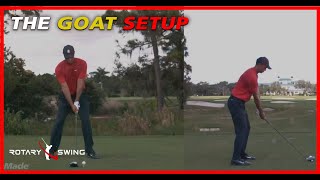
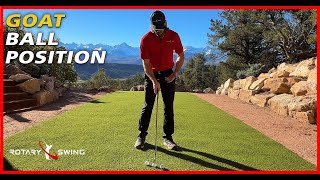
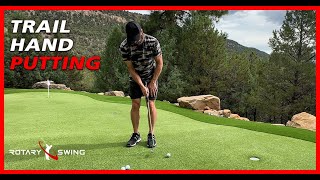
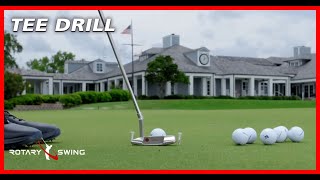
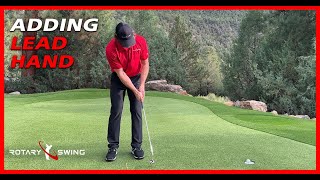
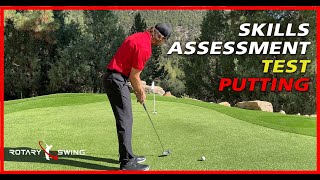
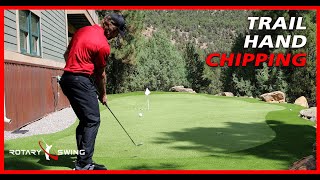
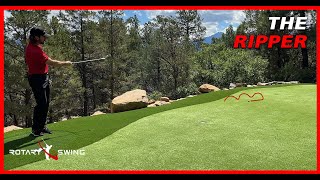
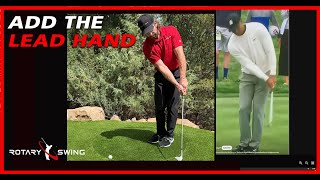
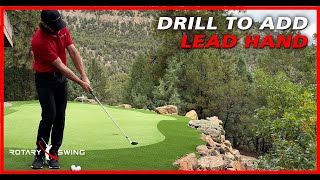
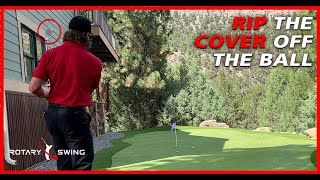
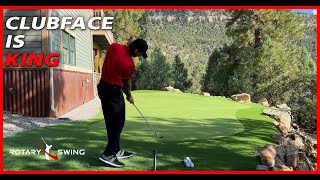
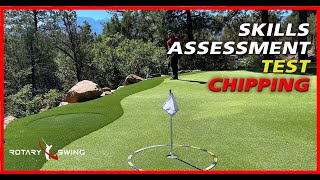

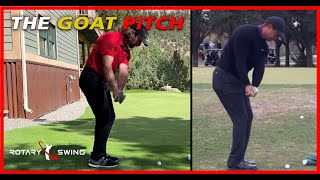
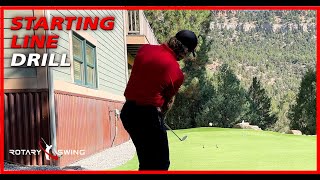
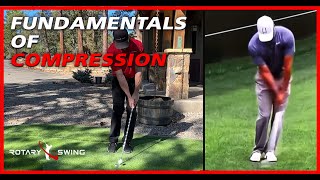
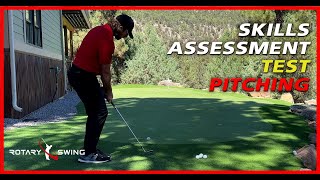
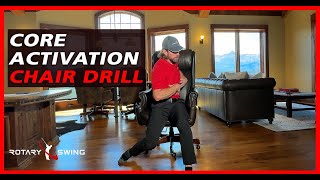
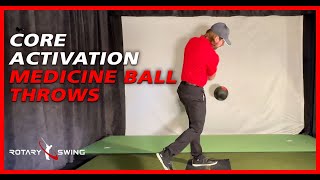
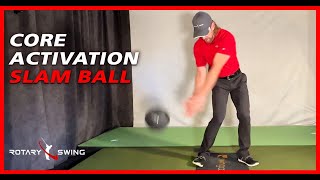
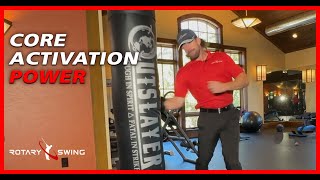
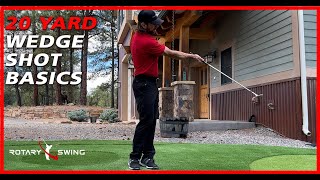
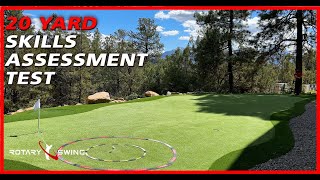
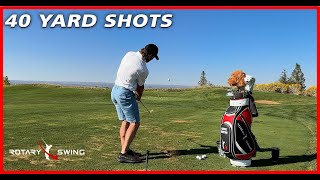
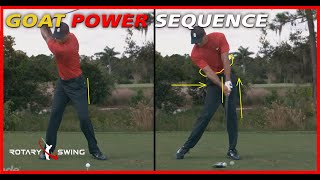
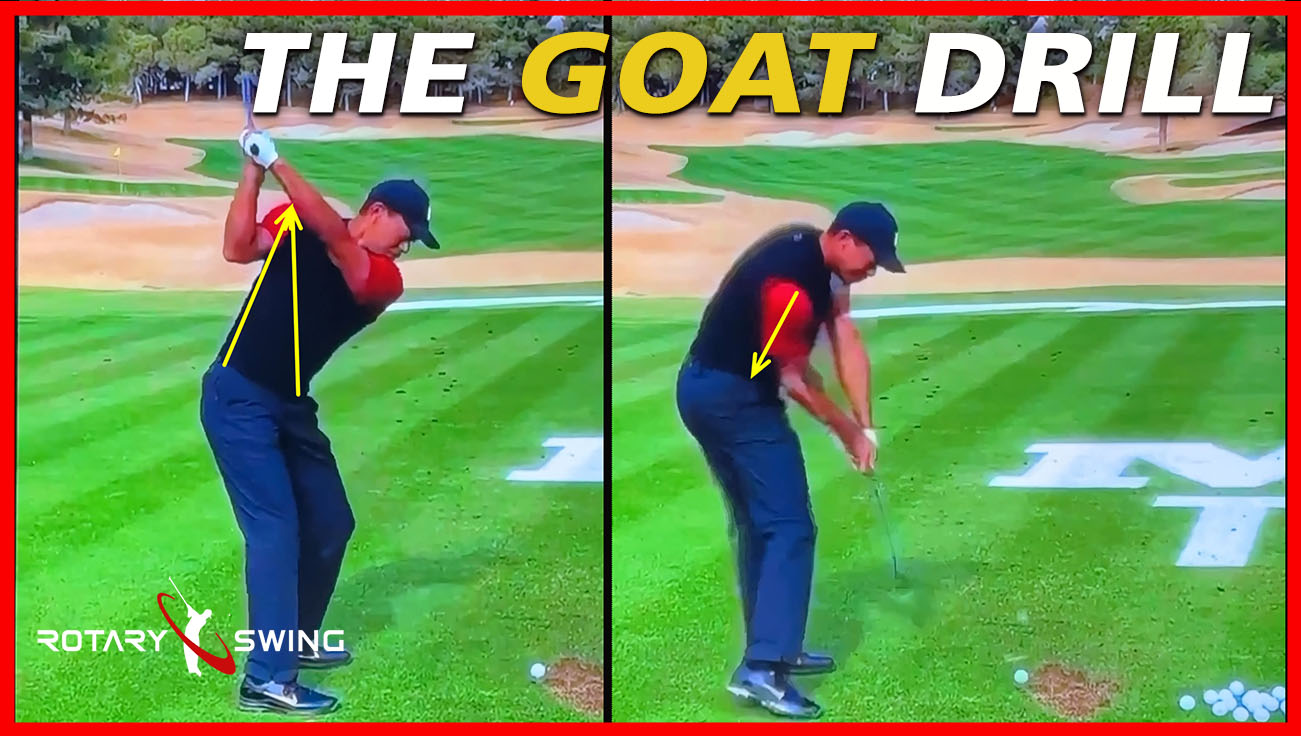
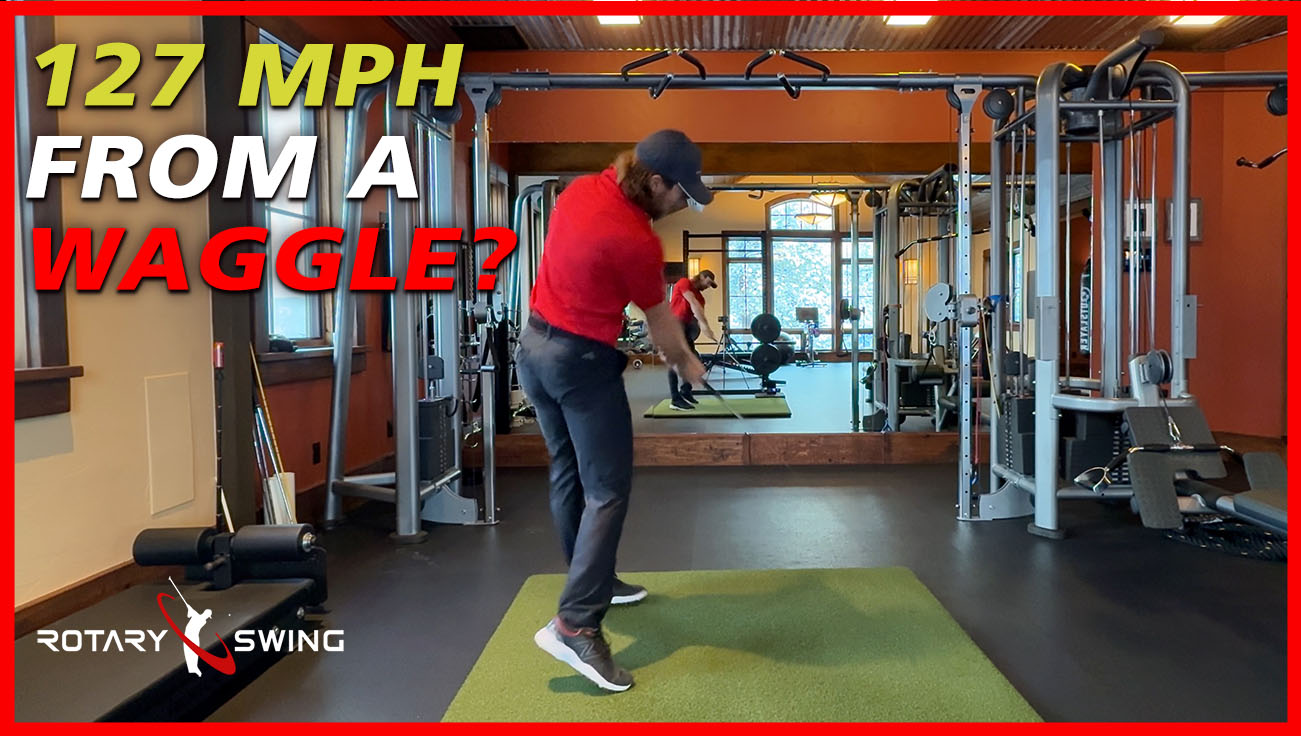
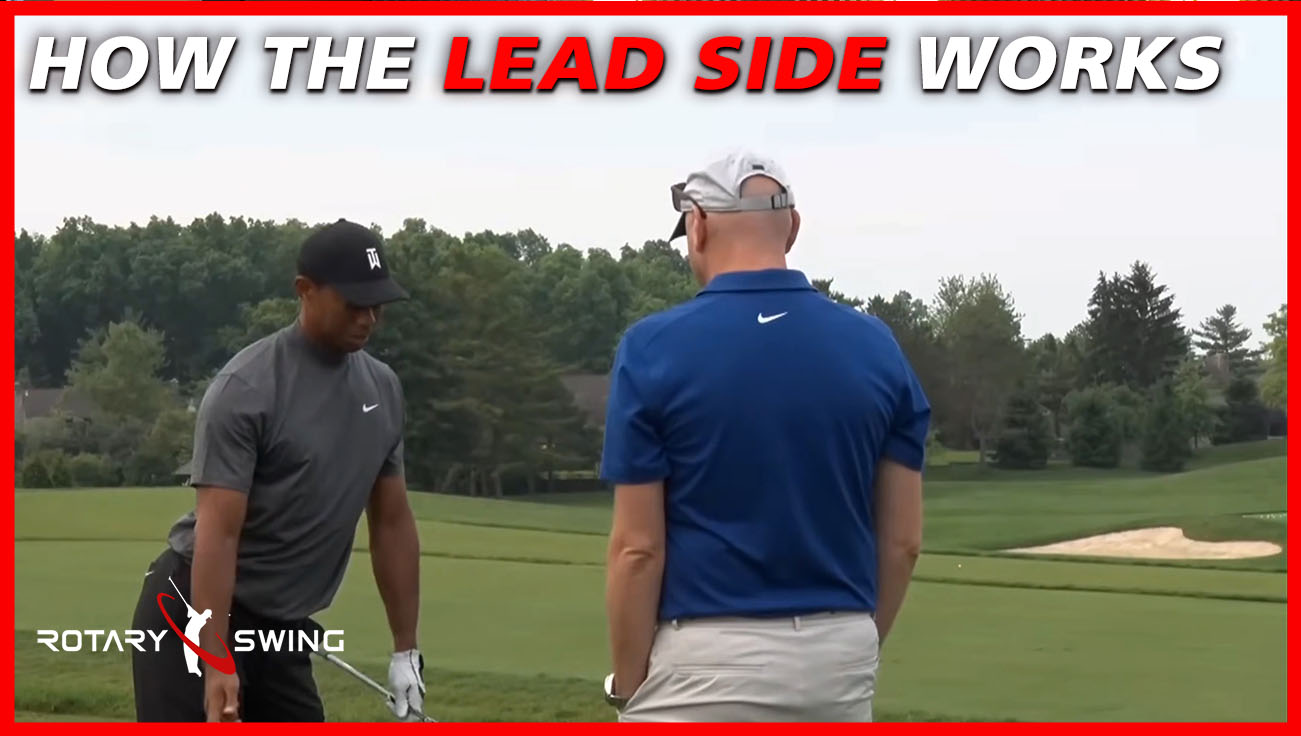
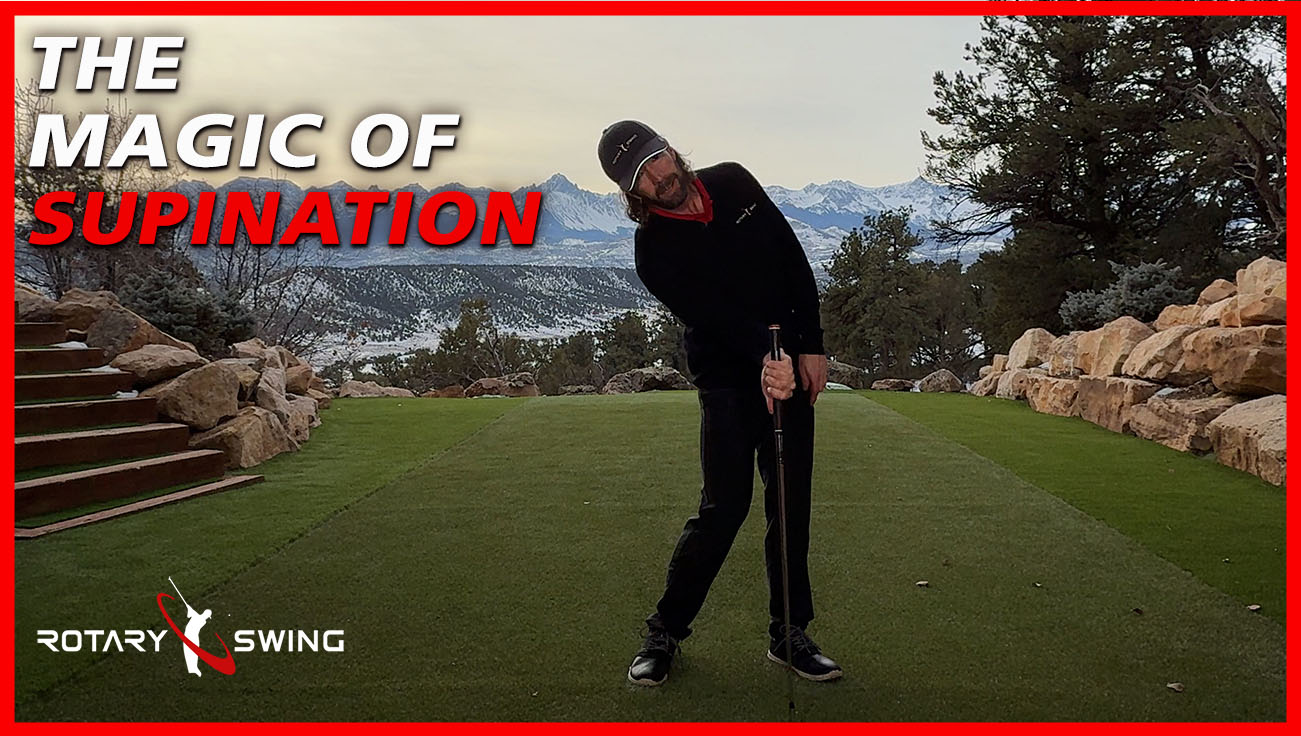
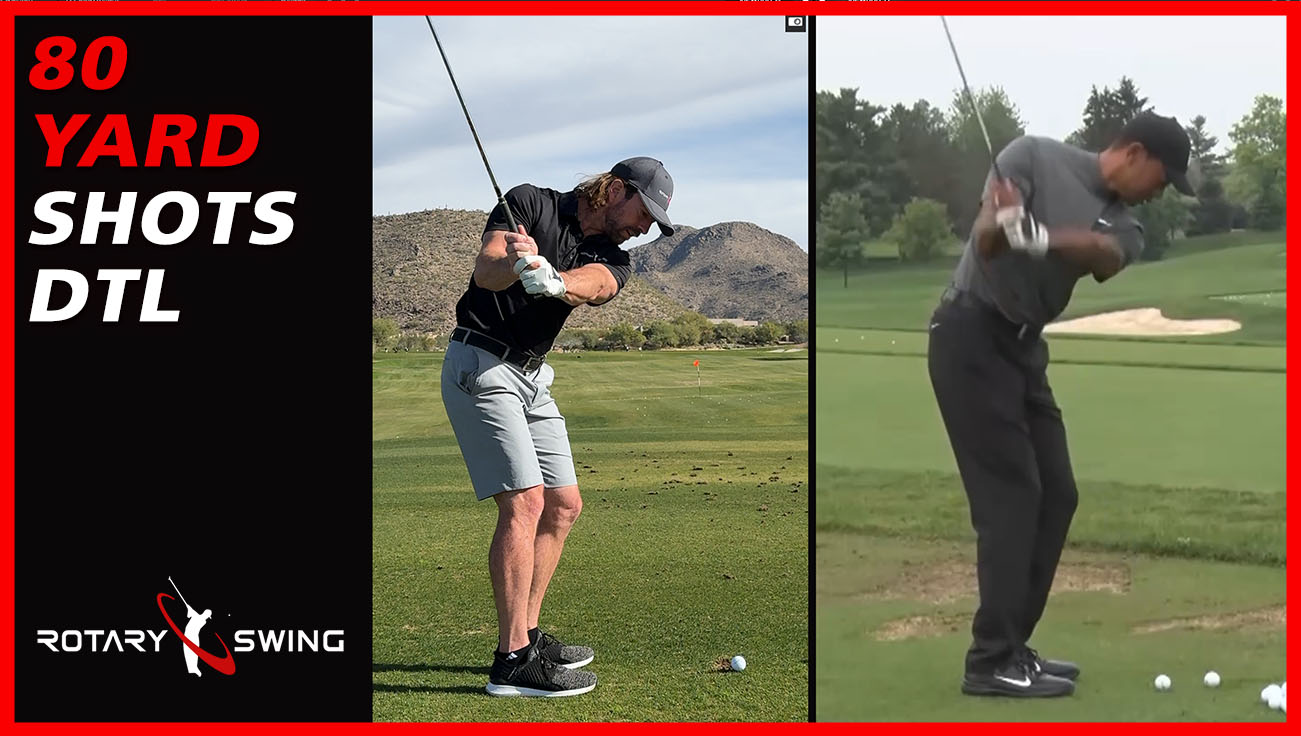
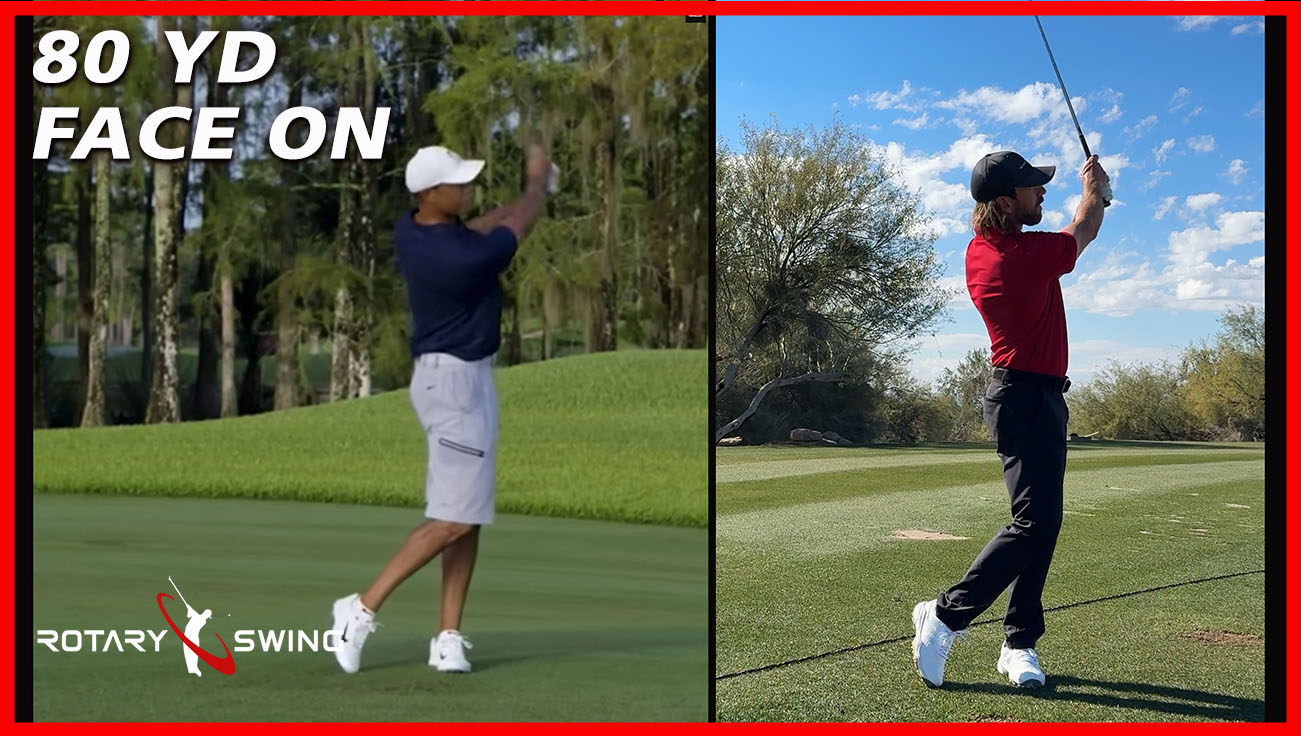
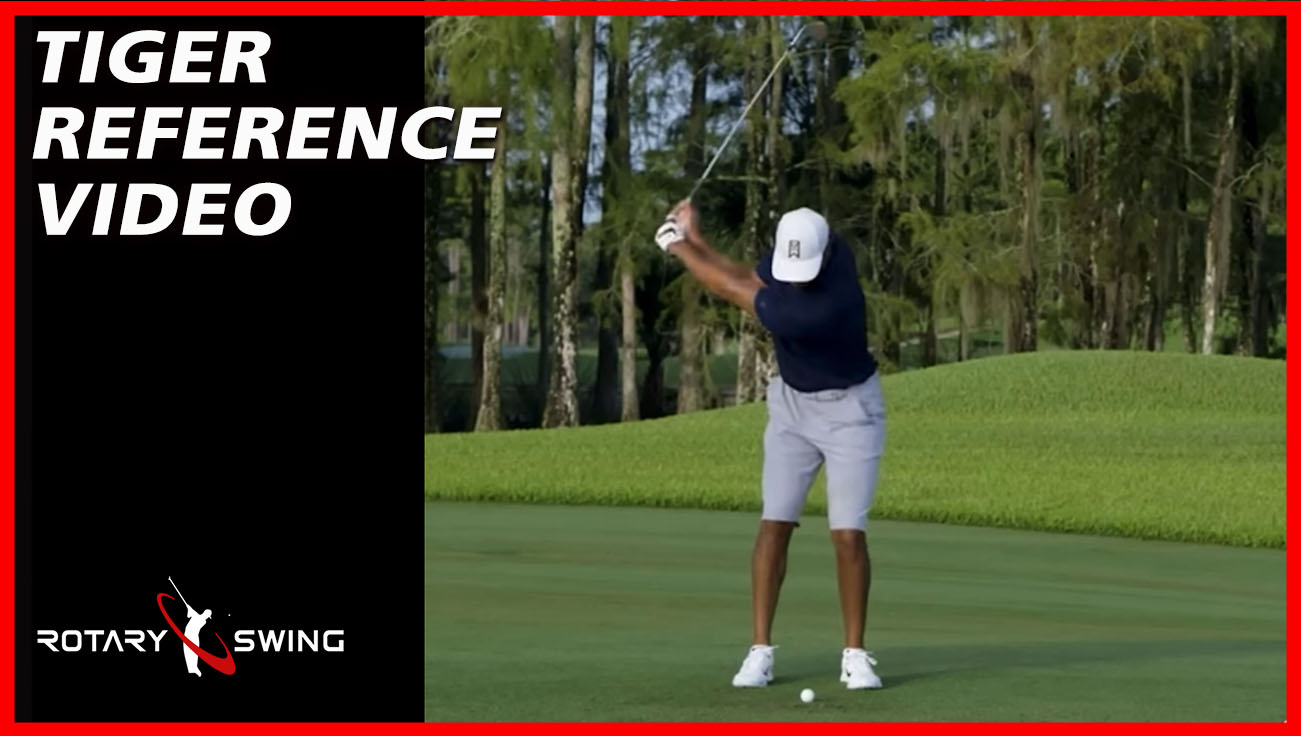
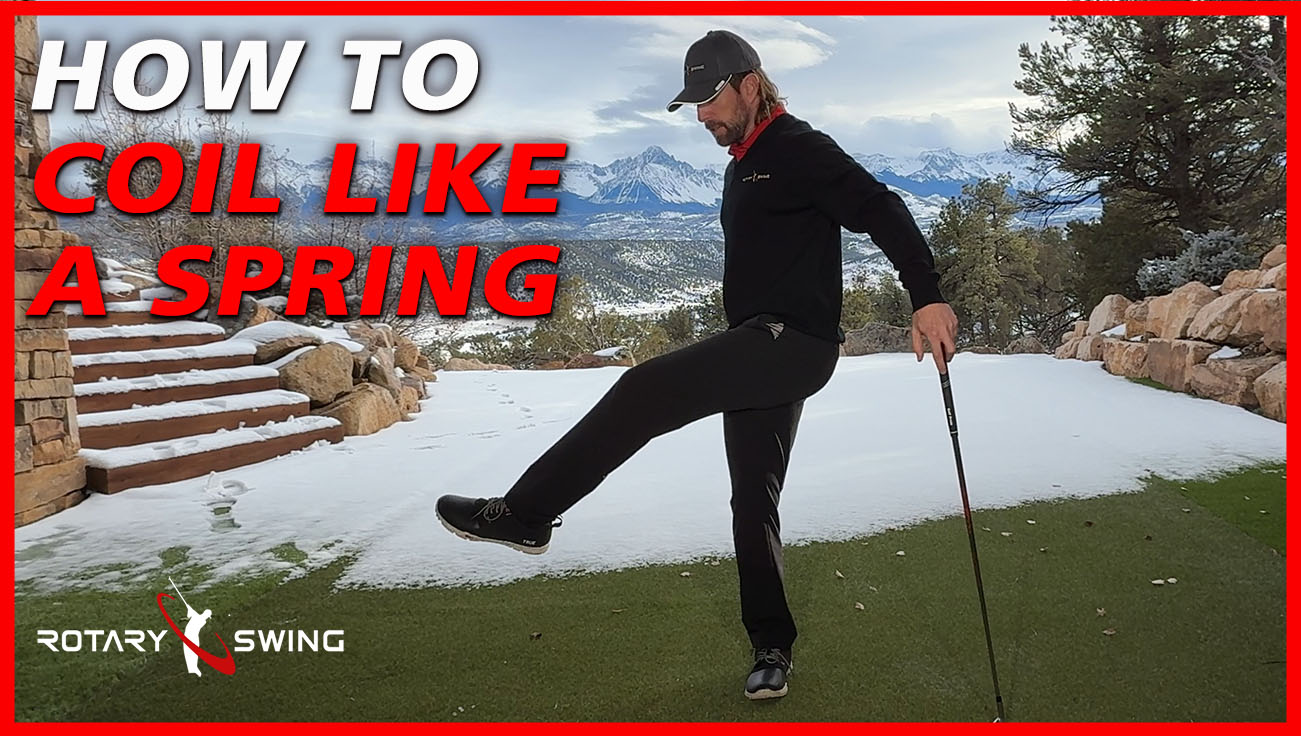
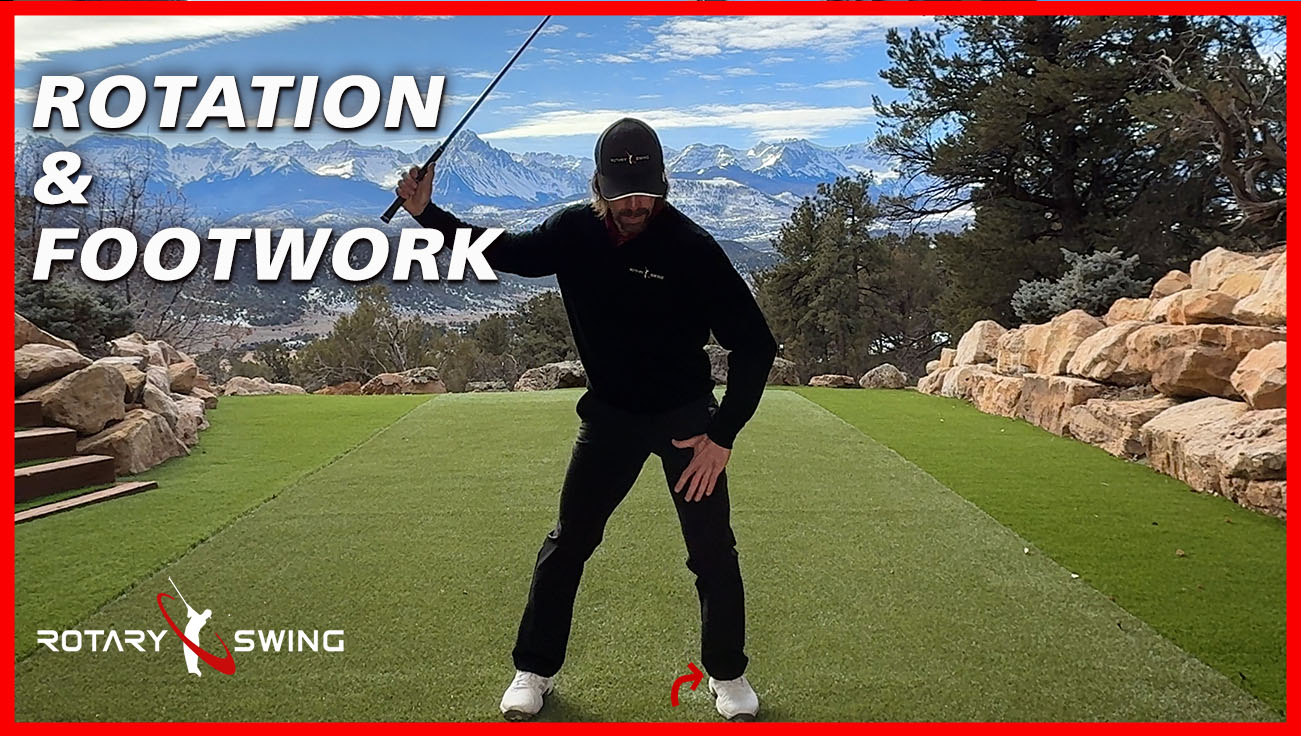
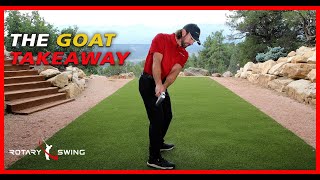

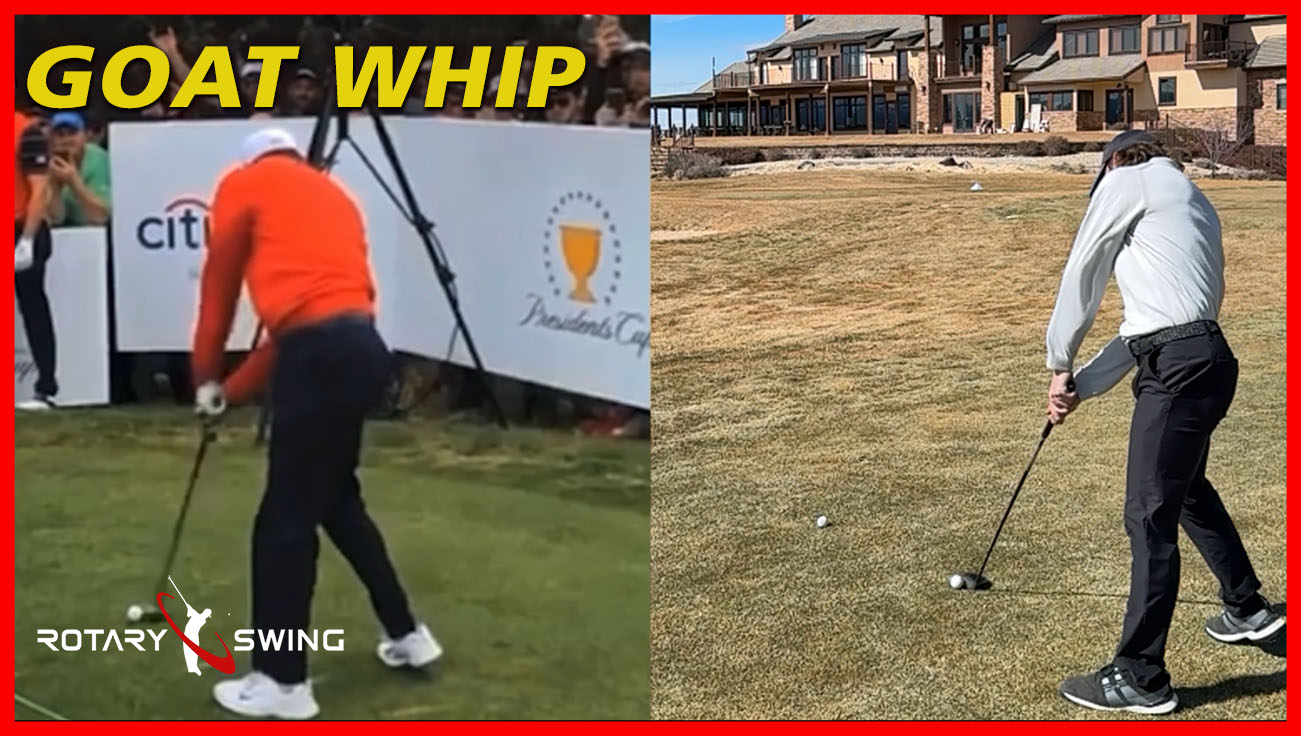
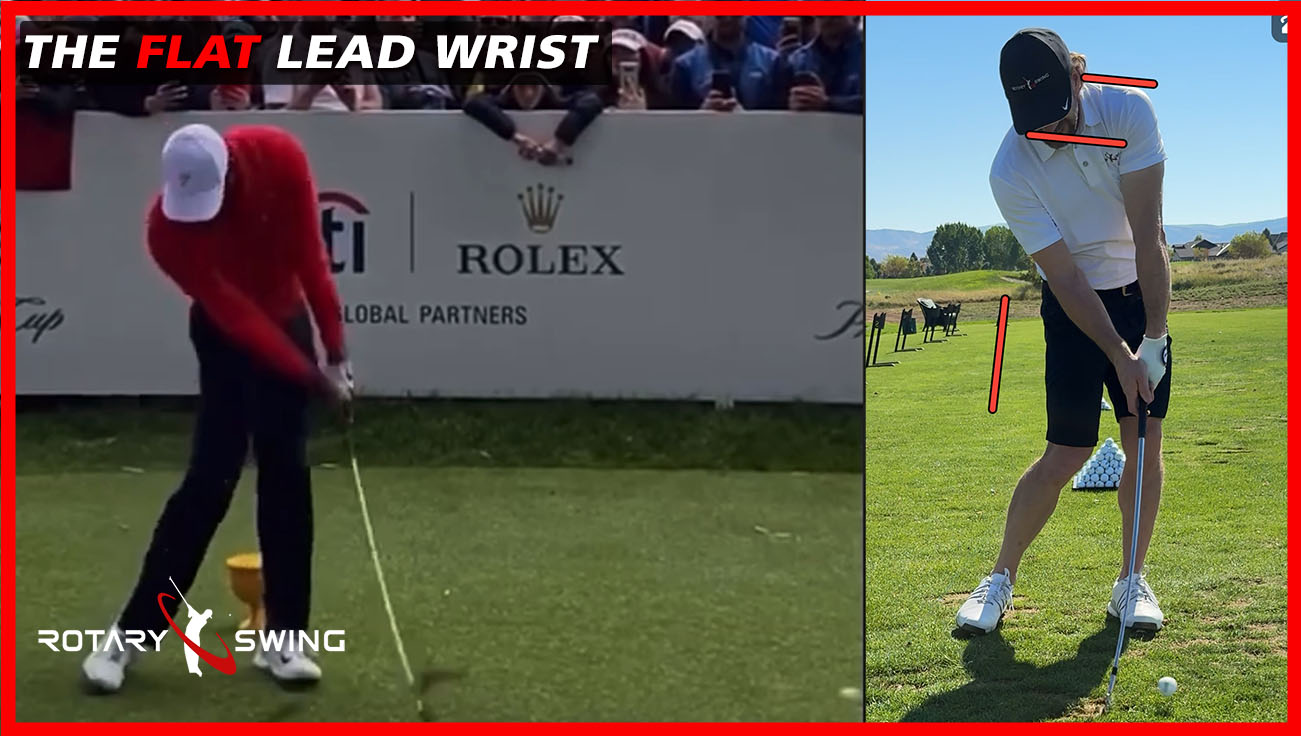
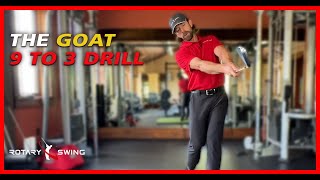
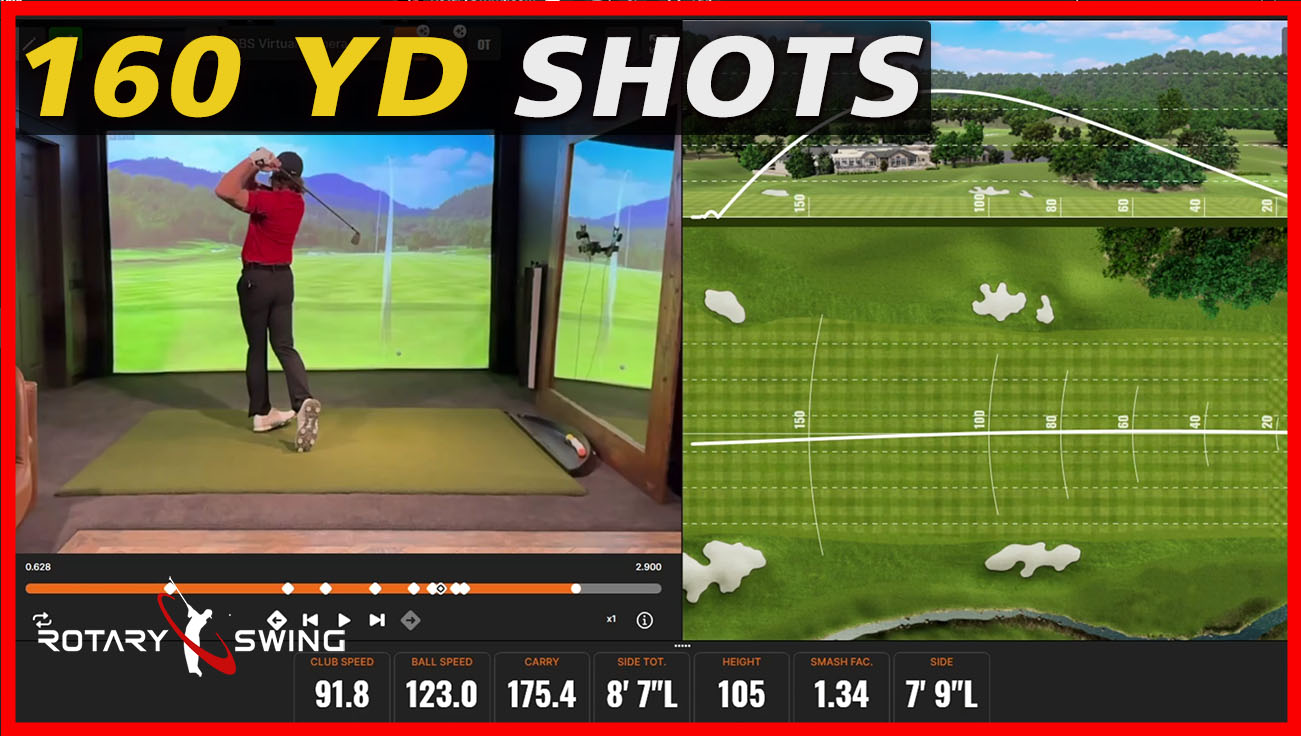

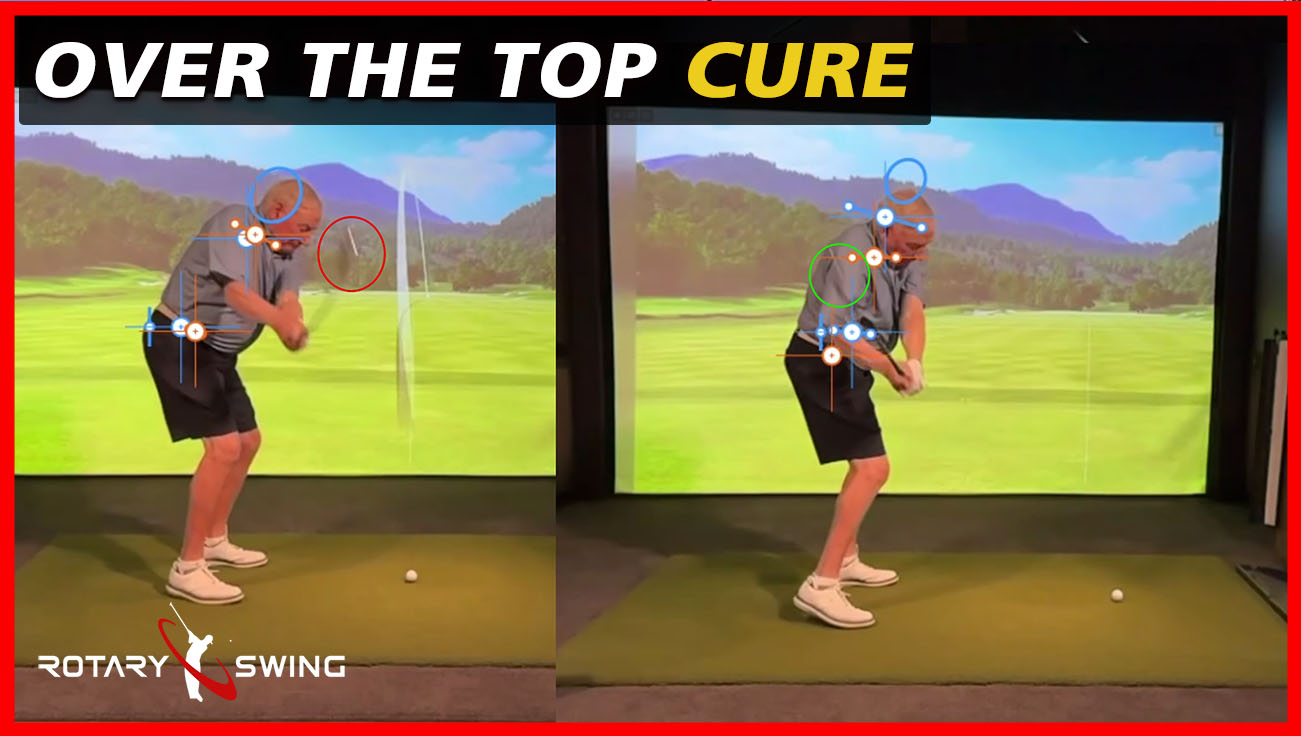
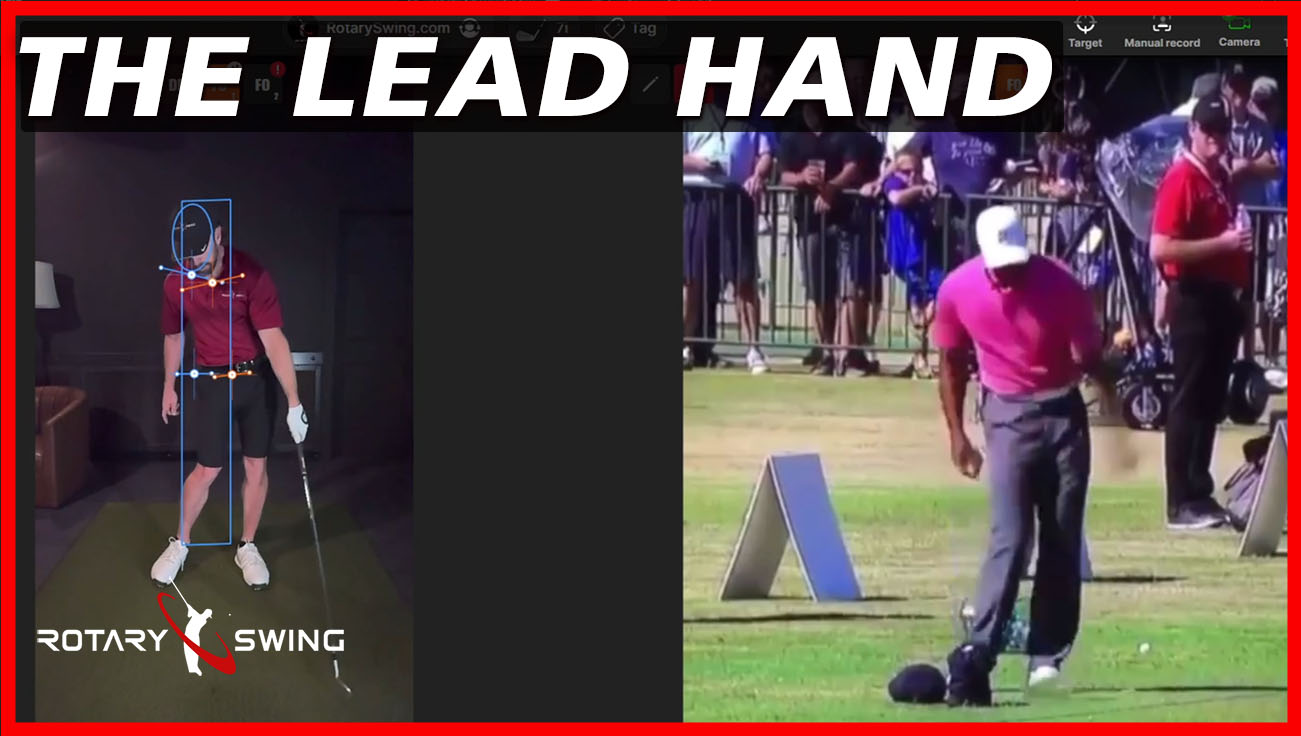
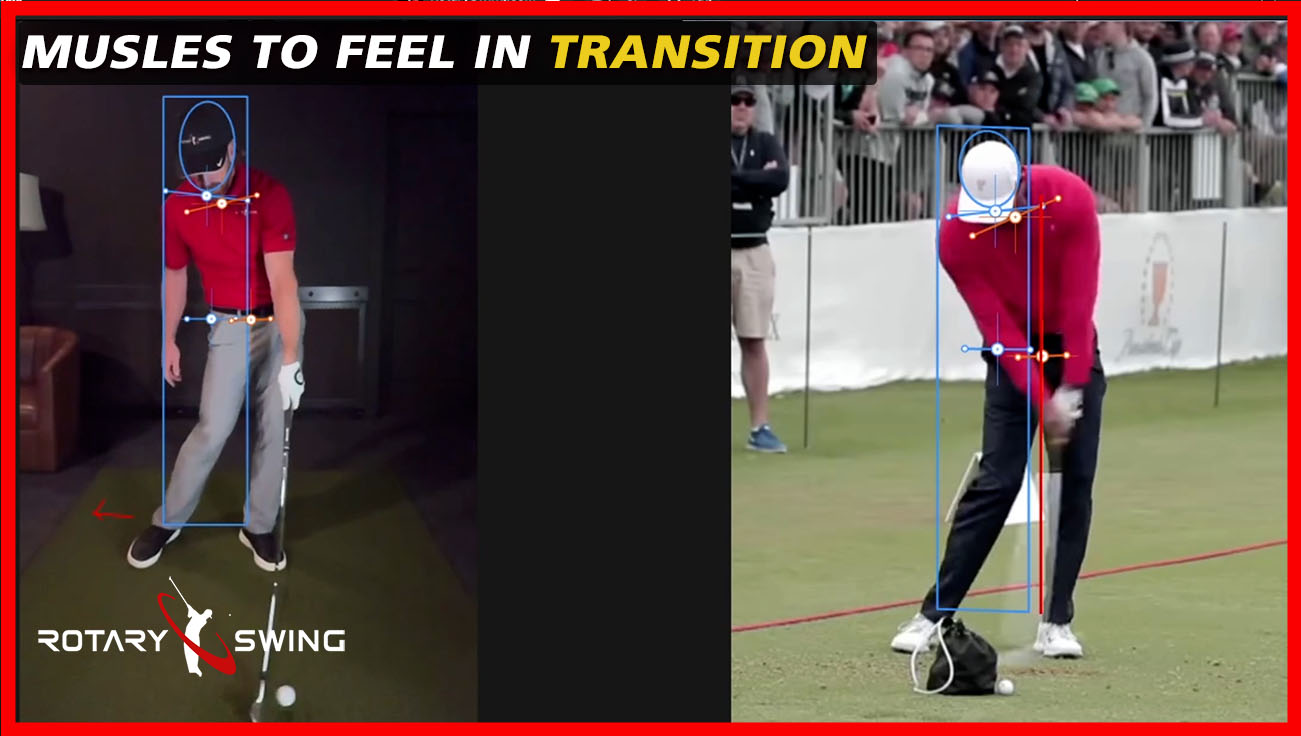
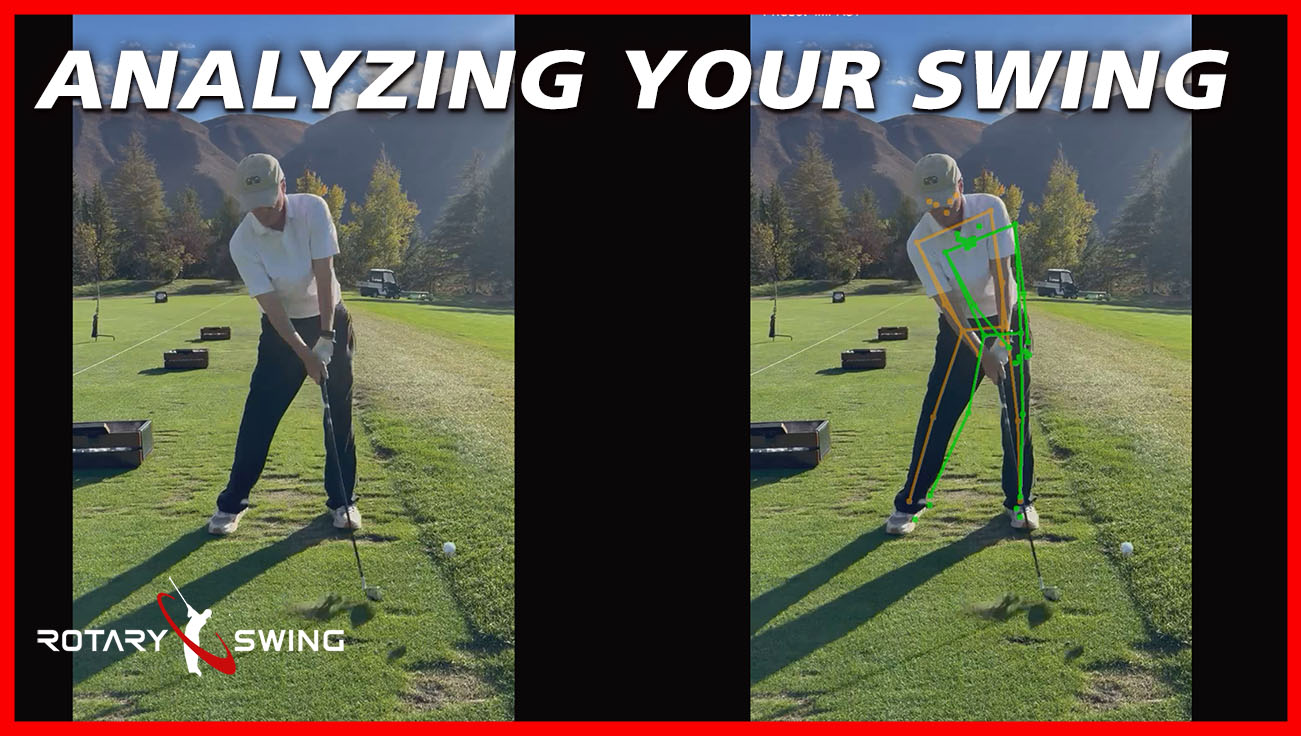
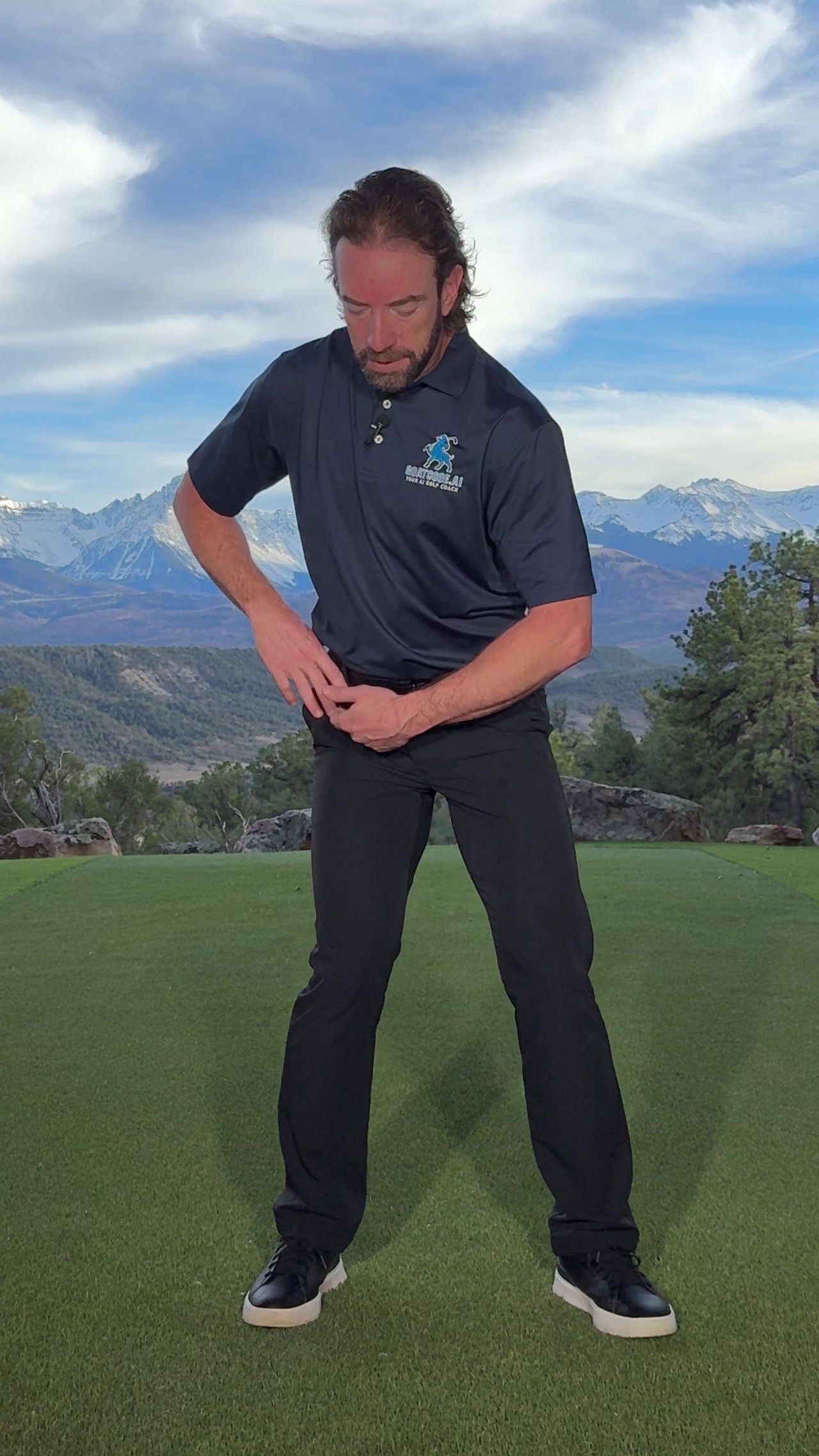
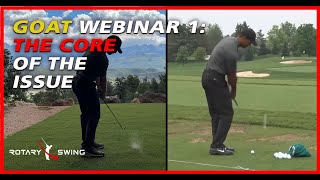
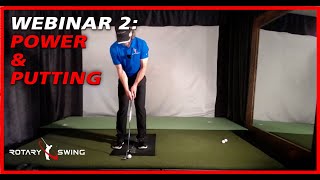
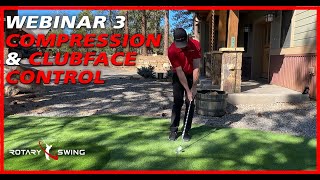
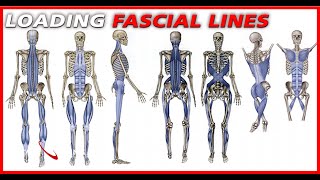
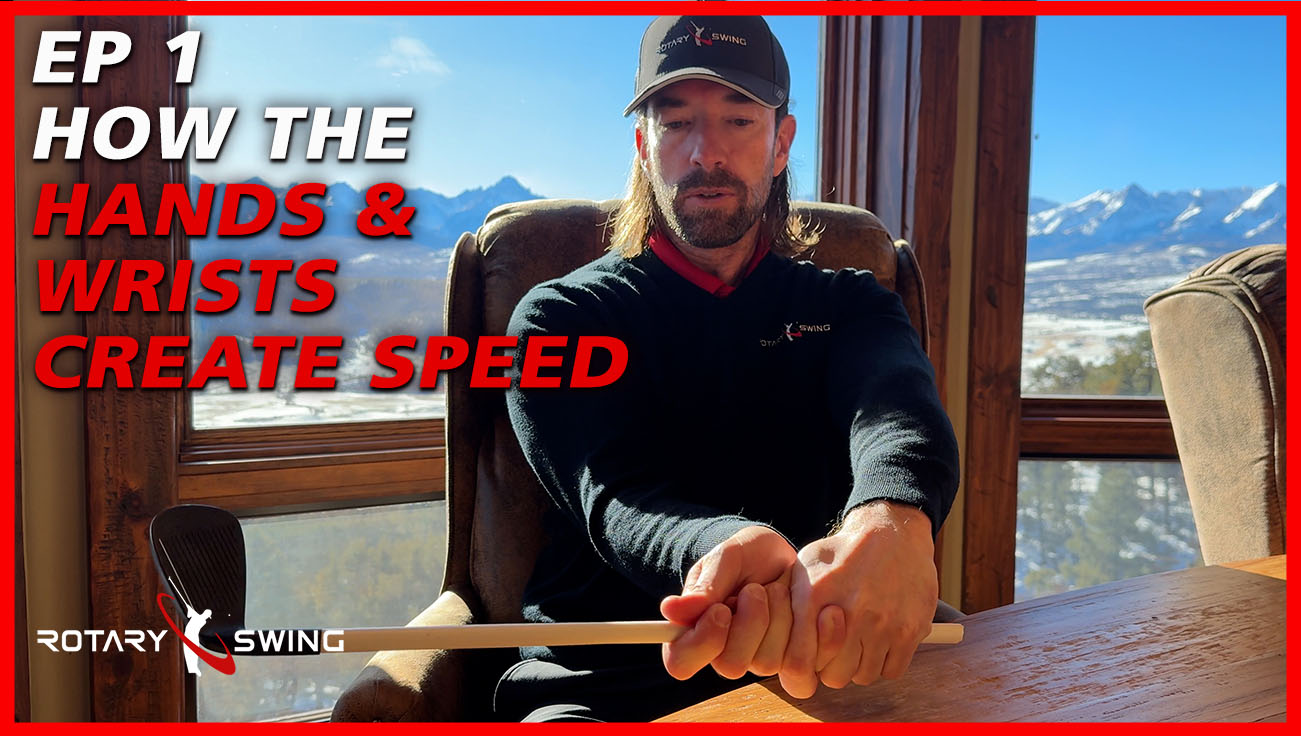

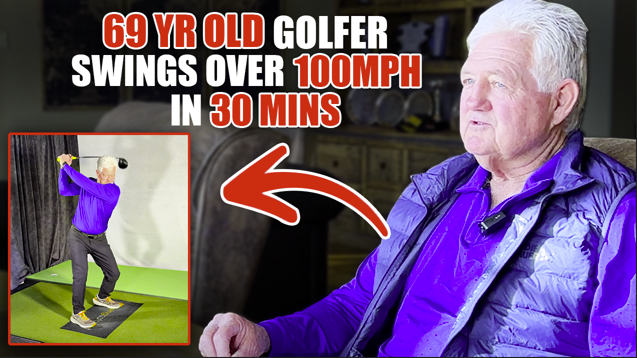
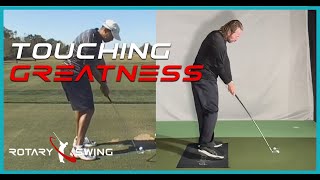
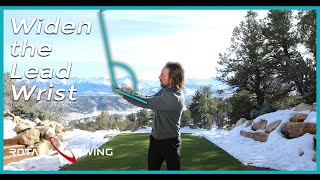
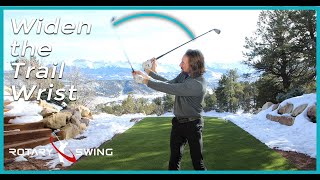
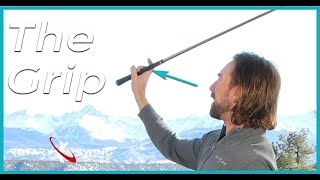
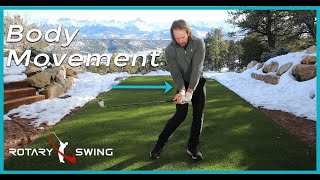

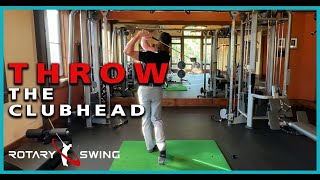
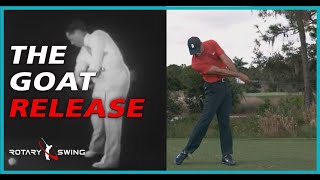
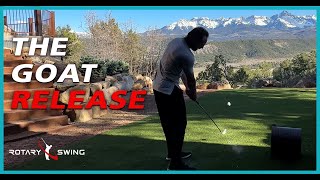
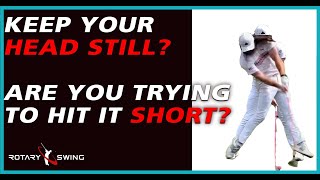
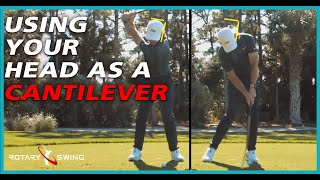
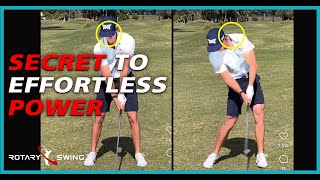
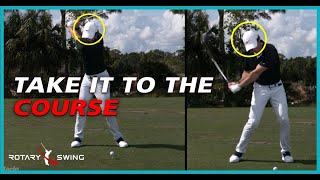
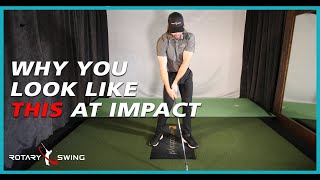
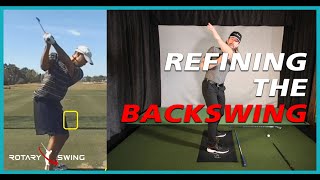
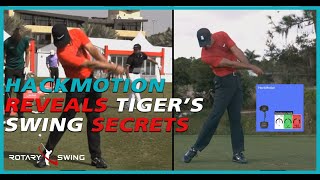
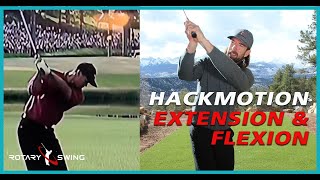
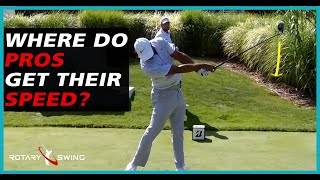
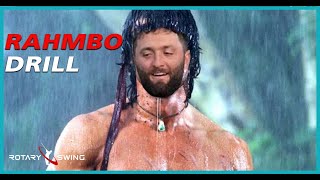
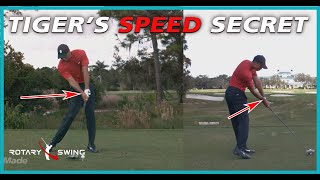
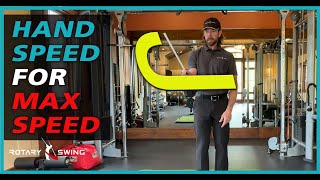
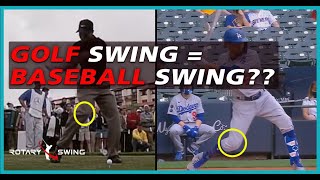

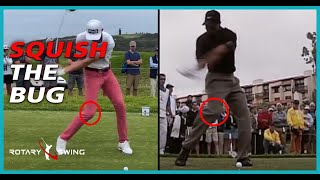
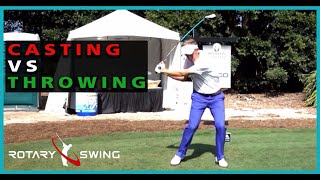
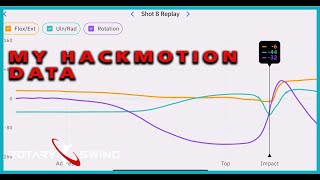
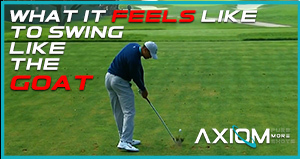
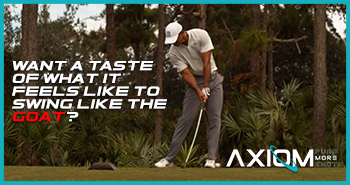
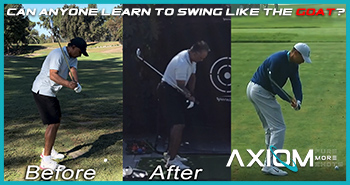
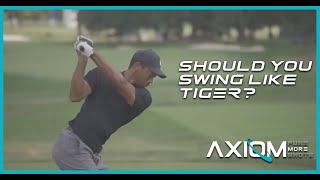
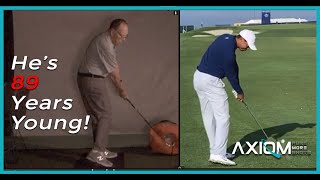

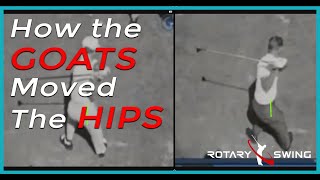
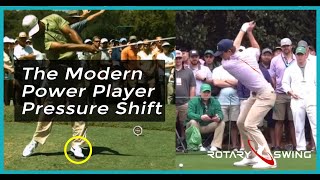
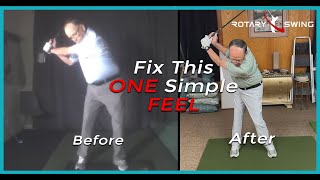
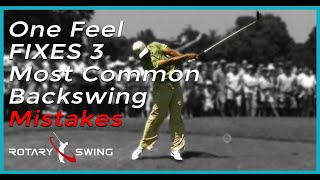
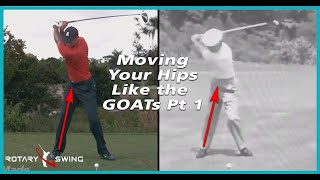
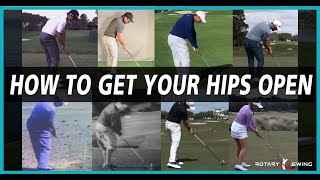
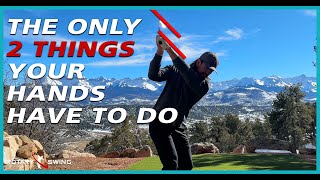
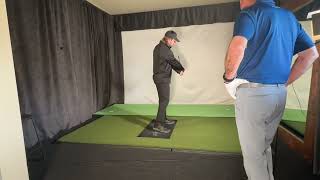
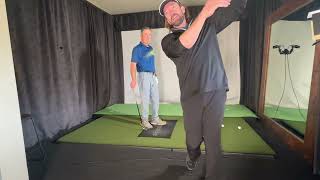
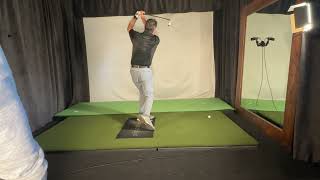
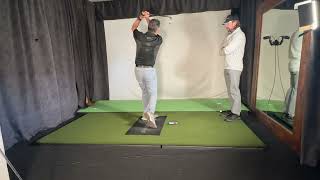
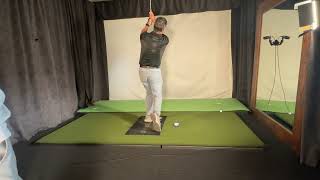
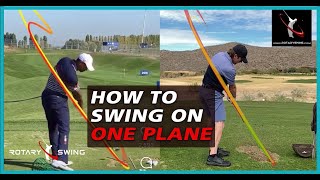
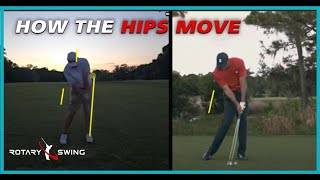
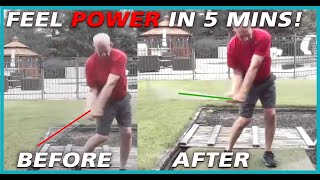
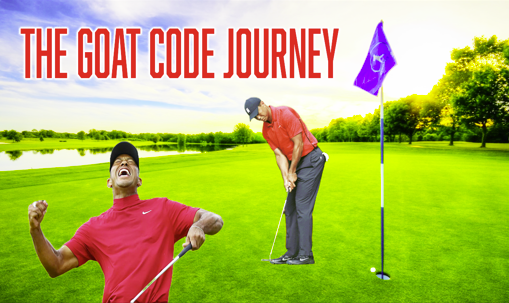
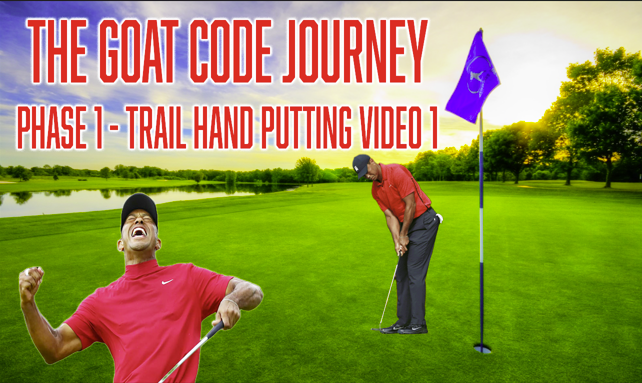
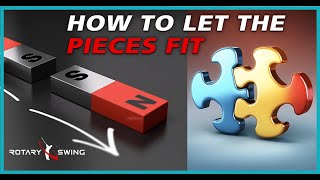

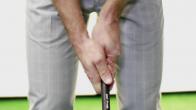
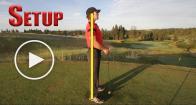
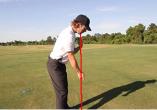
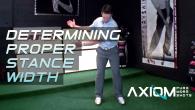
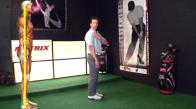
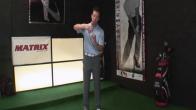
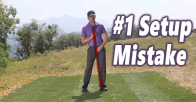

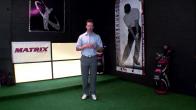
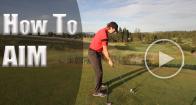
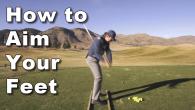
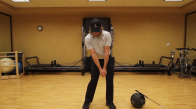
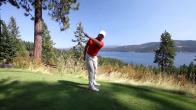
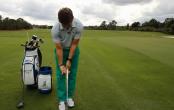
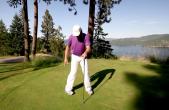
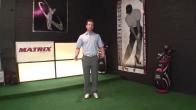
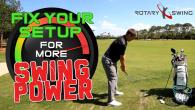

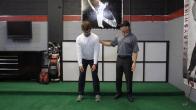
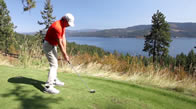
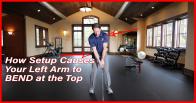
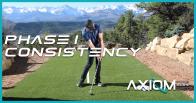

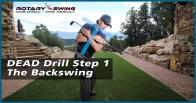
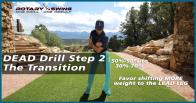
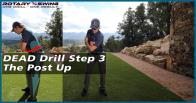

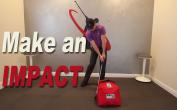
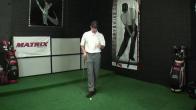
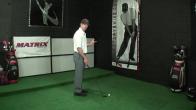
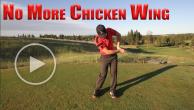
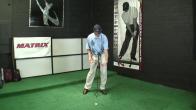
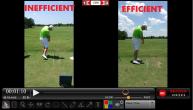
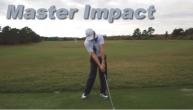
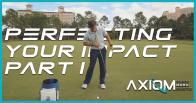
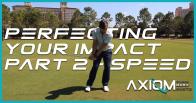
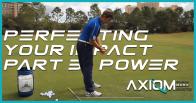
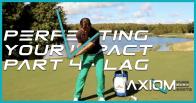
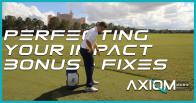
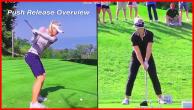

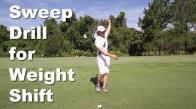
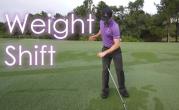
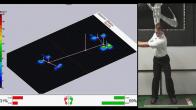
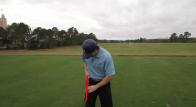
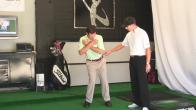
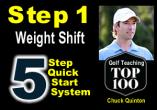
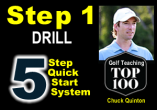
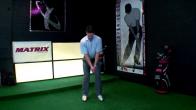
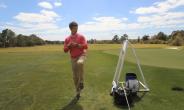
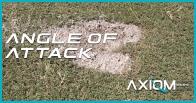
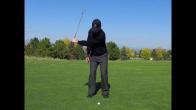
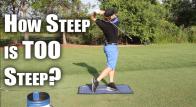
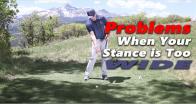
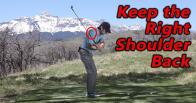
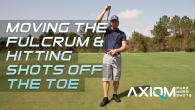
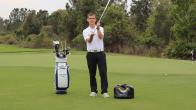
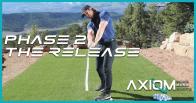
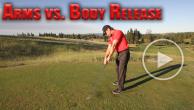
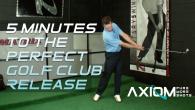
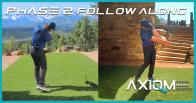
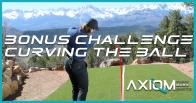

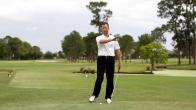
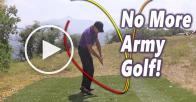
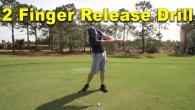
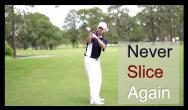
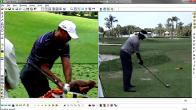
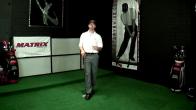
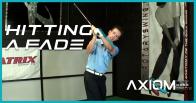
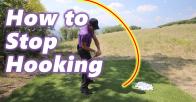
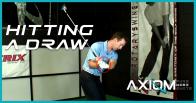
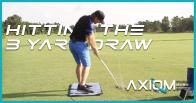
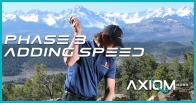
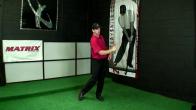
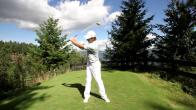
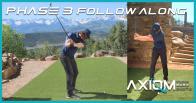
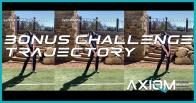
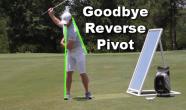
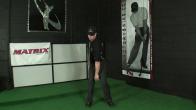
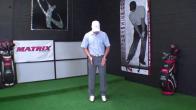
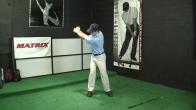
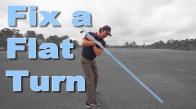
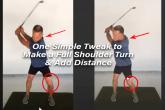
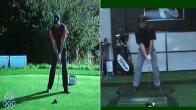
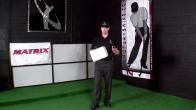
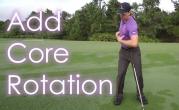
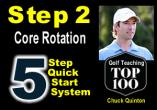
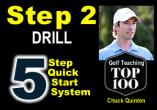
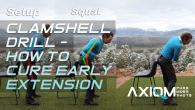
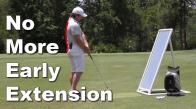
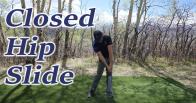

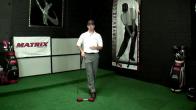
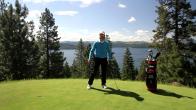
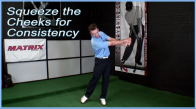
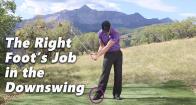
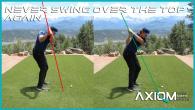
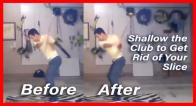
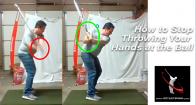
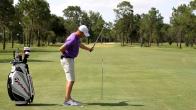
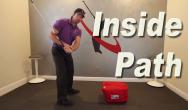
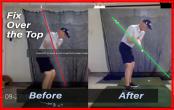
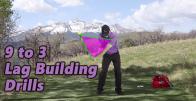
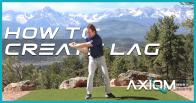
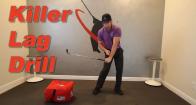
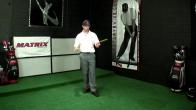
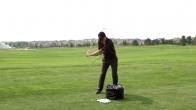
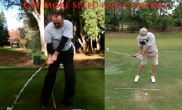

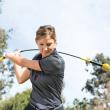
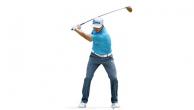
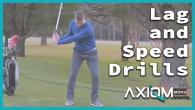
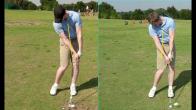
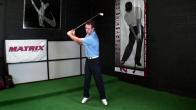
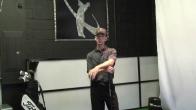
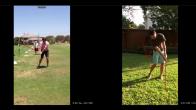

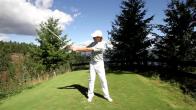

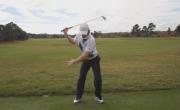
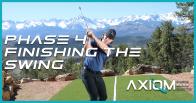
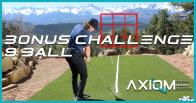
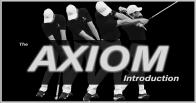
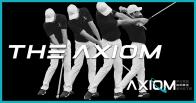
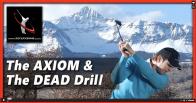
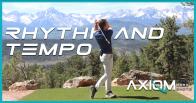
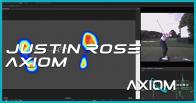
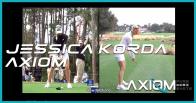
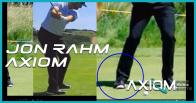

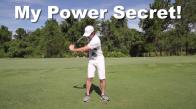
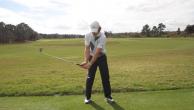
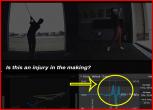
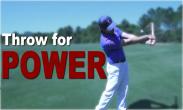
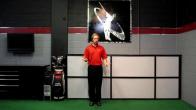


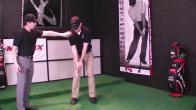
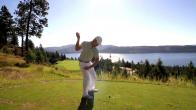

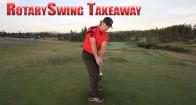

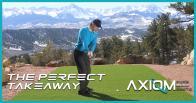
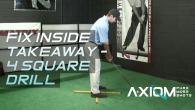
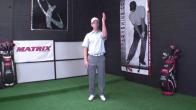
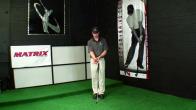



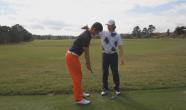
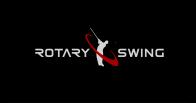
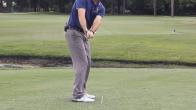
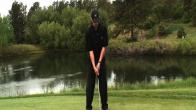
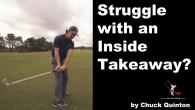
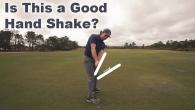
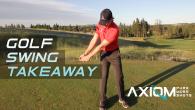
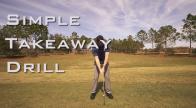

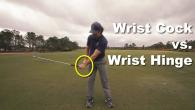
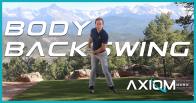
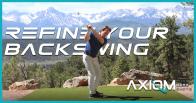
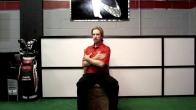
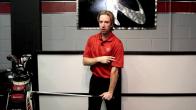
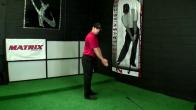
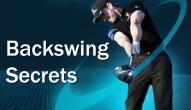
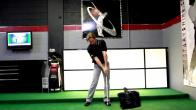

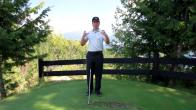
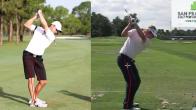
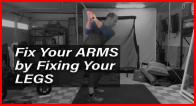
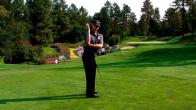
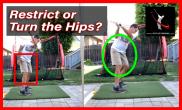
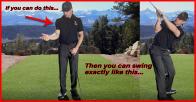

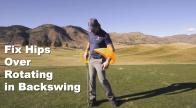
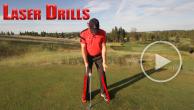
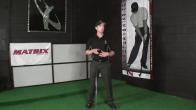
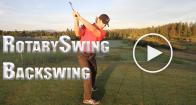
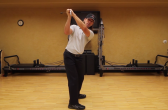
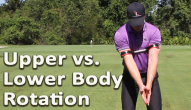
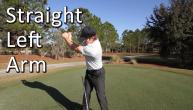

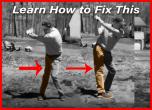
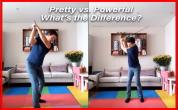

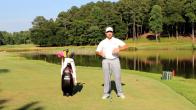
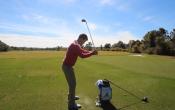


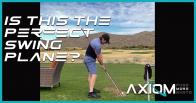
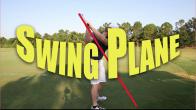
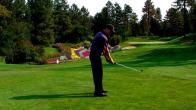
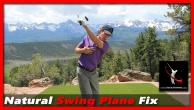
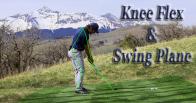
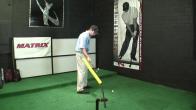
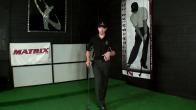
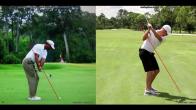

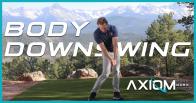

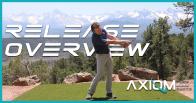
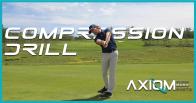
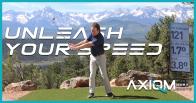
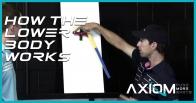
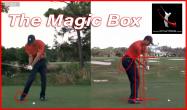
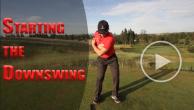
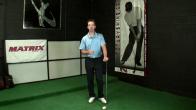
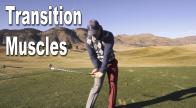
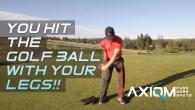
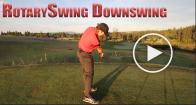
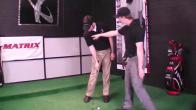
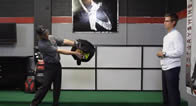
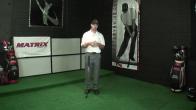
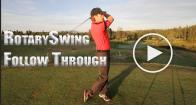
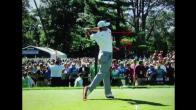
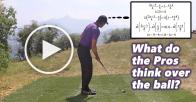
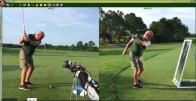
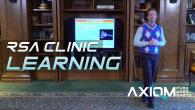
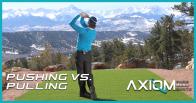
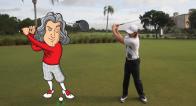
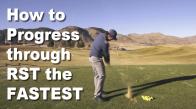
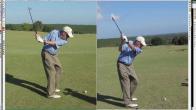
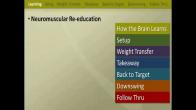
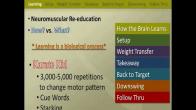
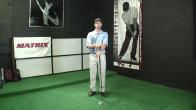
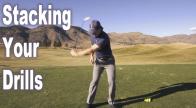
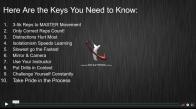
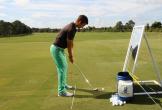
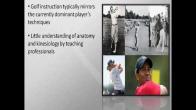
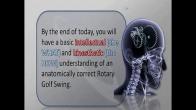
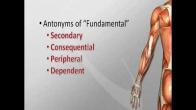
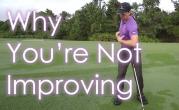
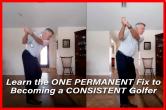
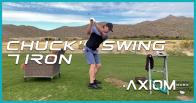
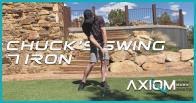
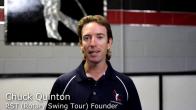
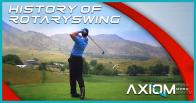
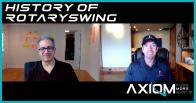
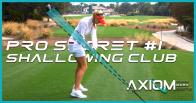
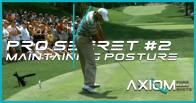
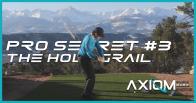
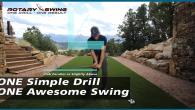
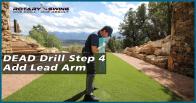
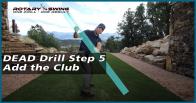
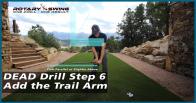
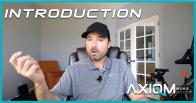
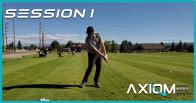
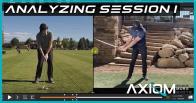
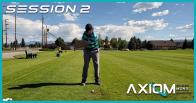
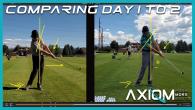
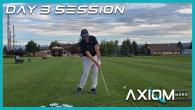
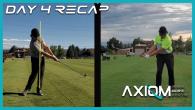
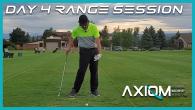
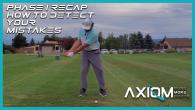
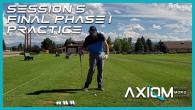
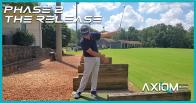
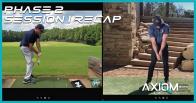
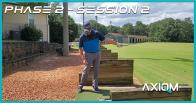
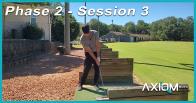
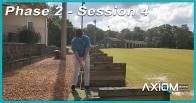
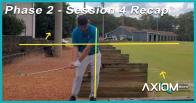
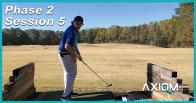
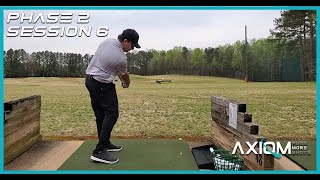
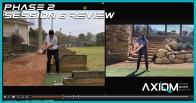
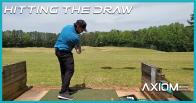
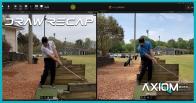
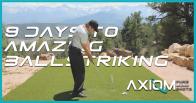
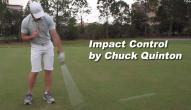
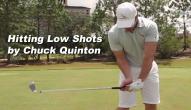

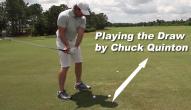
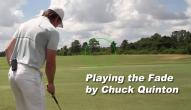

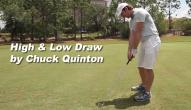
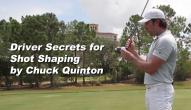
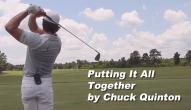
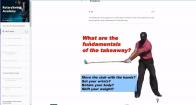
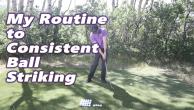
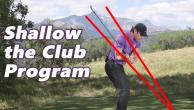
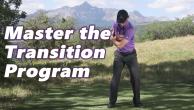
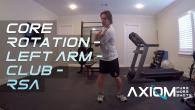
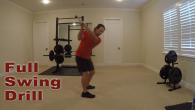
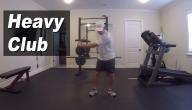
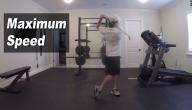
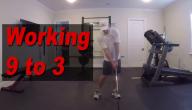
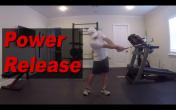
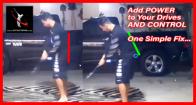
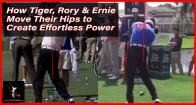
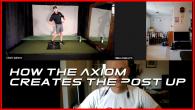
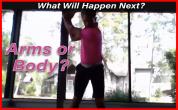
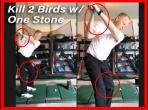
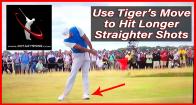
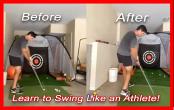
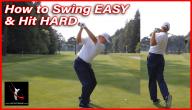
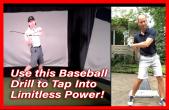
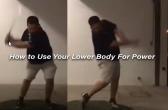
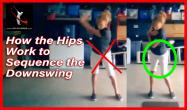
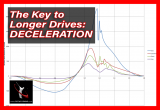
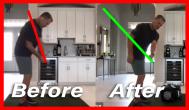
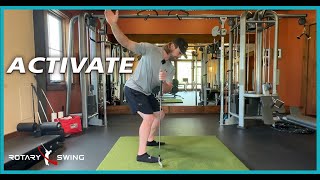
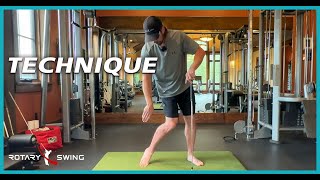
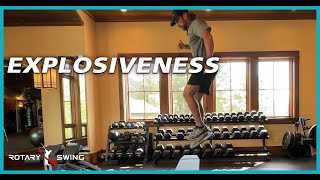
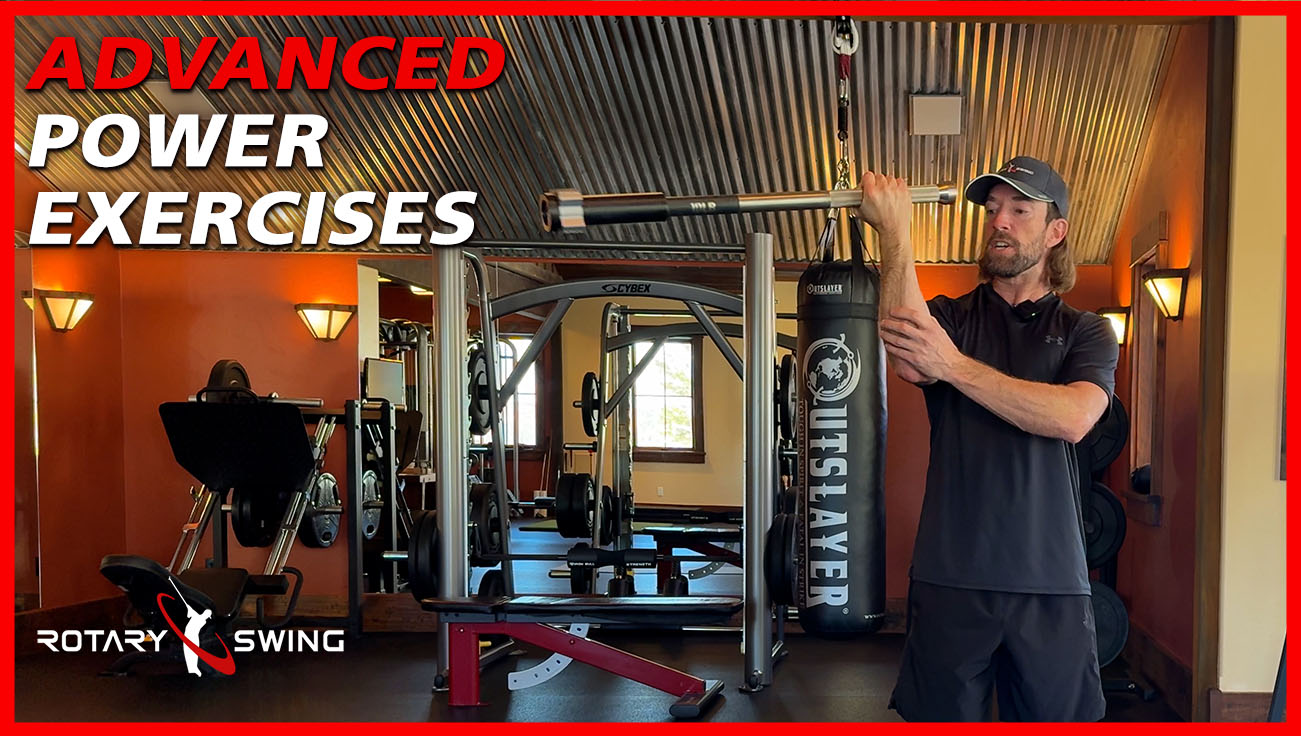
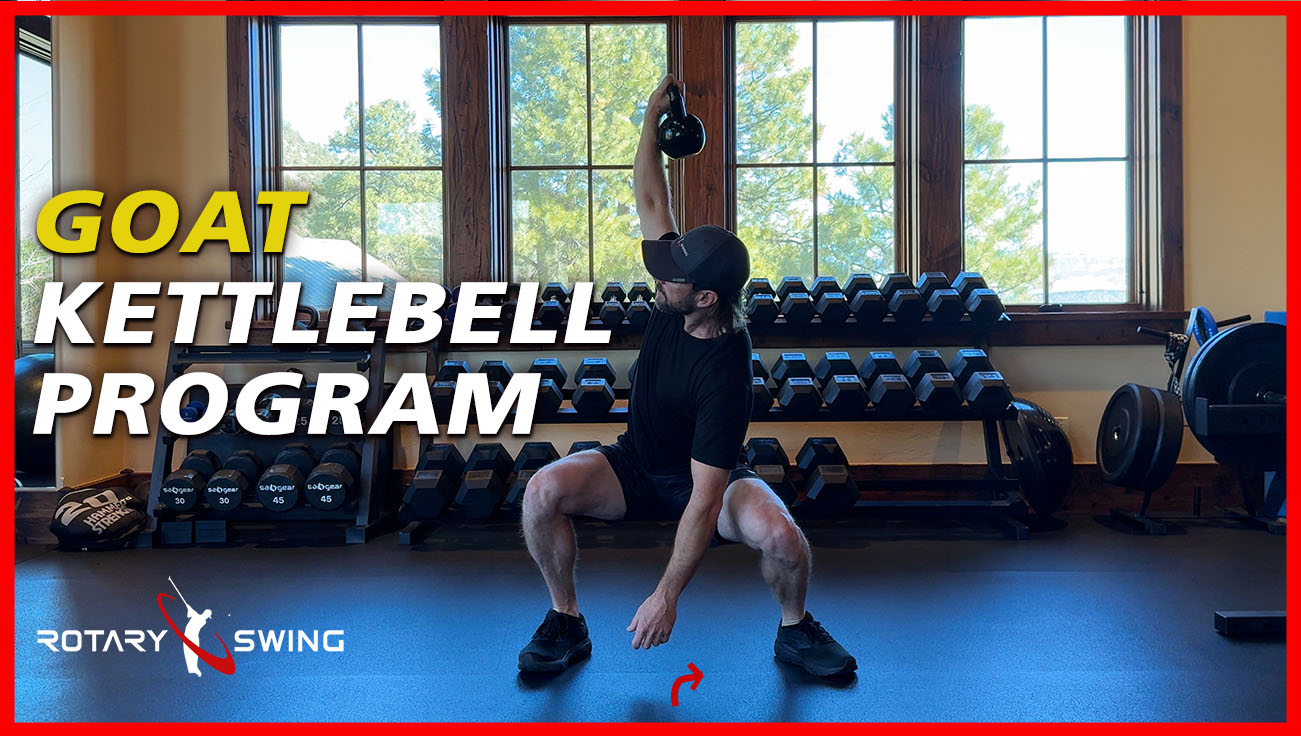

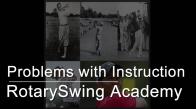
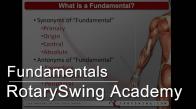
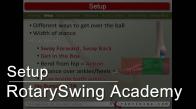
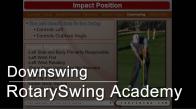
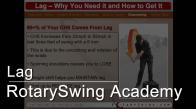
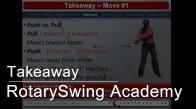
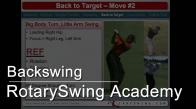
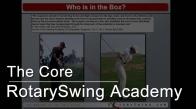
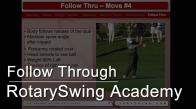

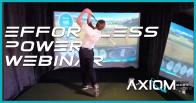
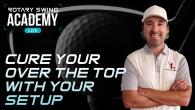
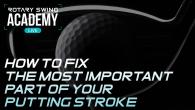
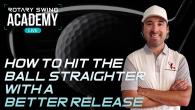
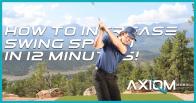
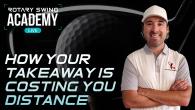
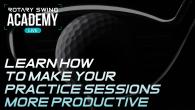
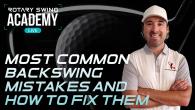
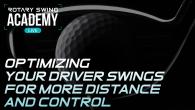
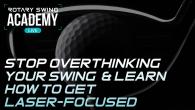


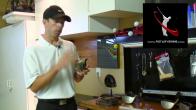
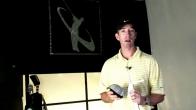
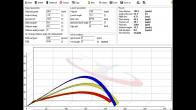
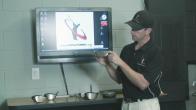
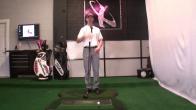
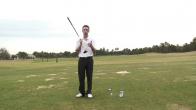
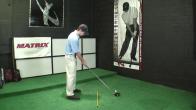

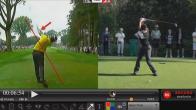
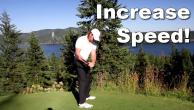
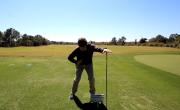

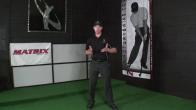
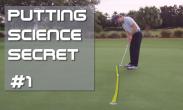
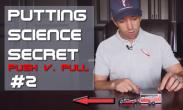
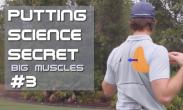
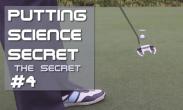
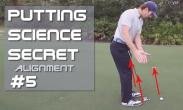
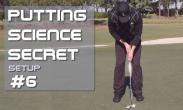
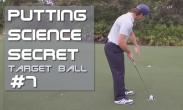
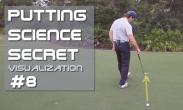
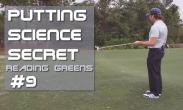
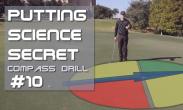
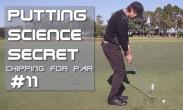
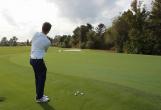

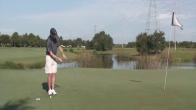
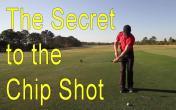
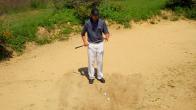
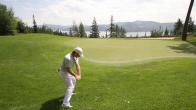
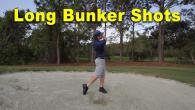
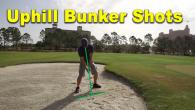
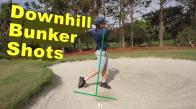
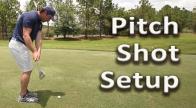
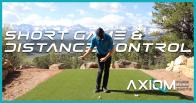
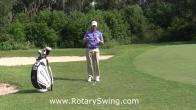
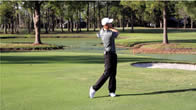
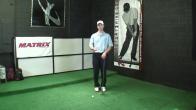
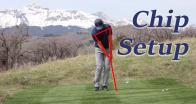

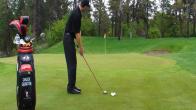
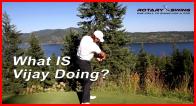




William
Chuck
Asle
Craig (Certified RST Instructor)
Ronald
Chuck
David
Steve
Chuck
David
Chuck
David
Chuck
David
Michael
Chuck
Marcel (Certified RST Instructor)
Chuck